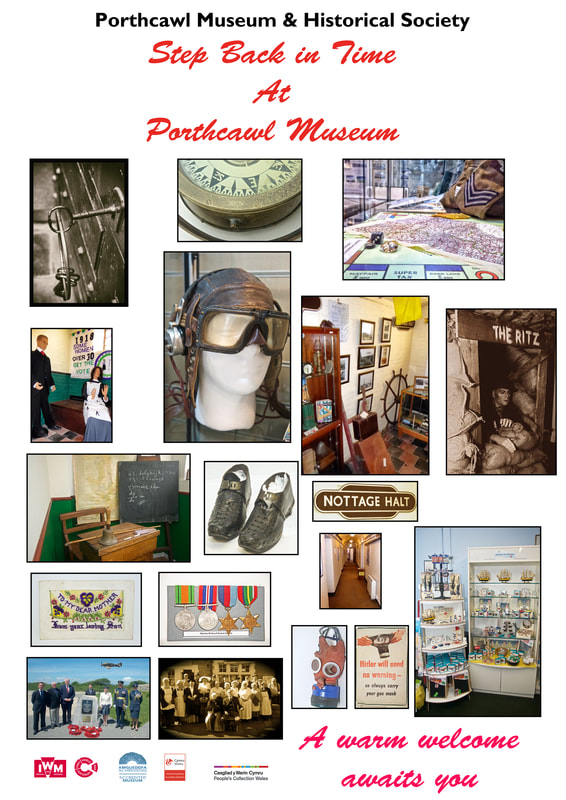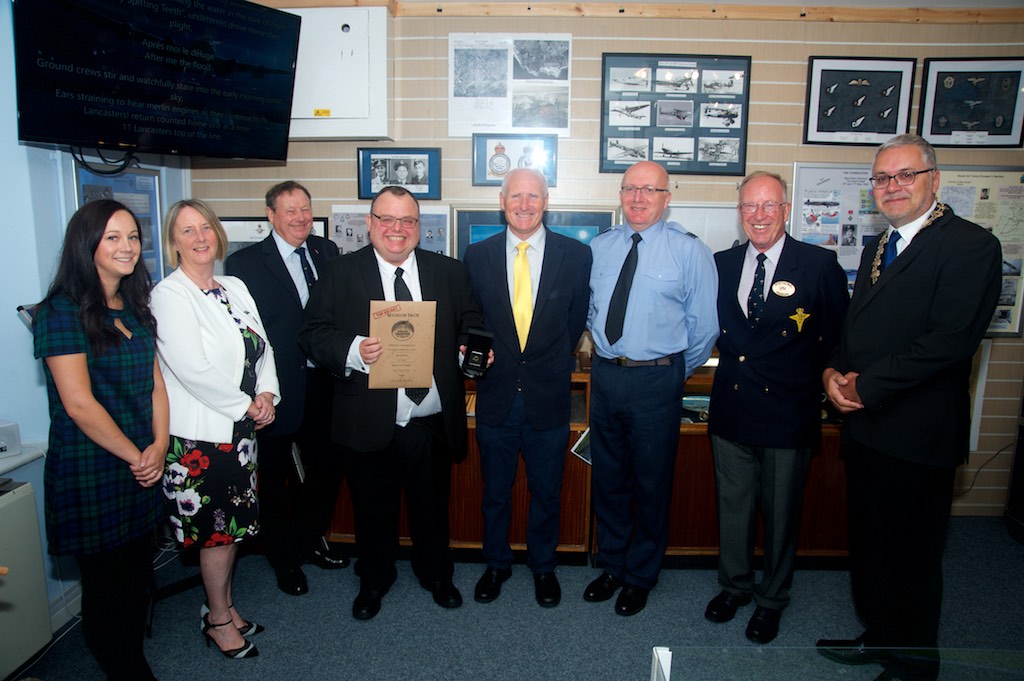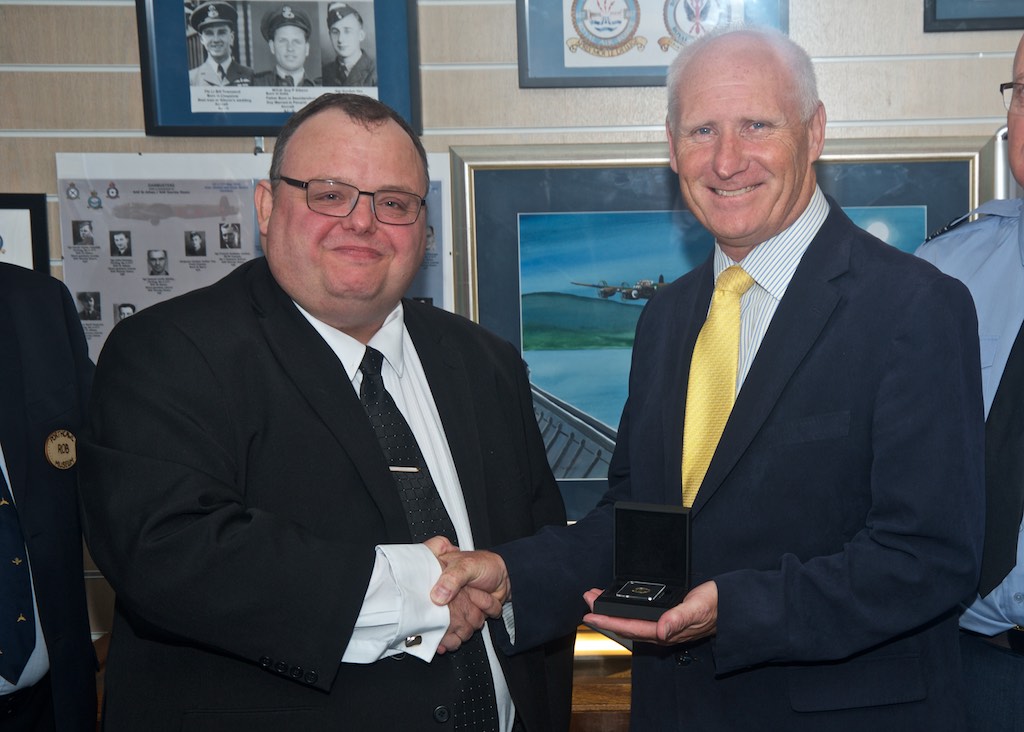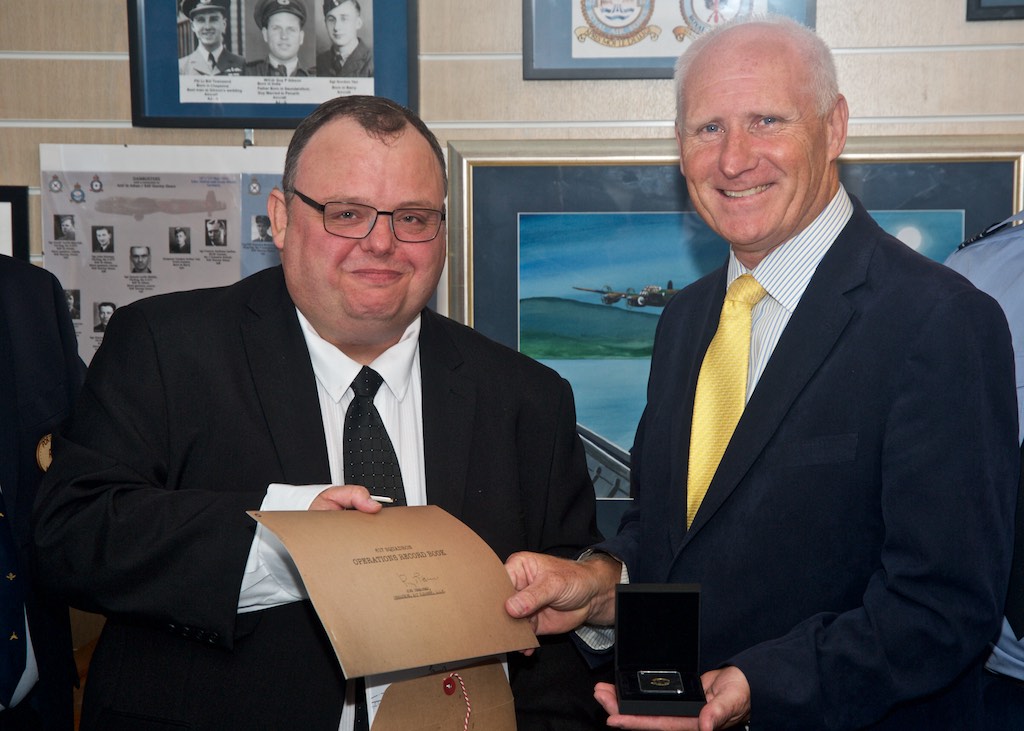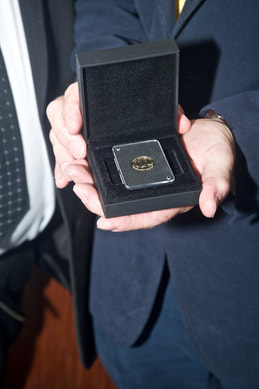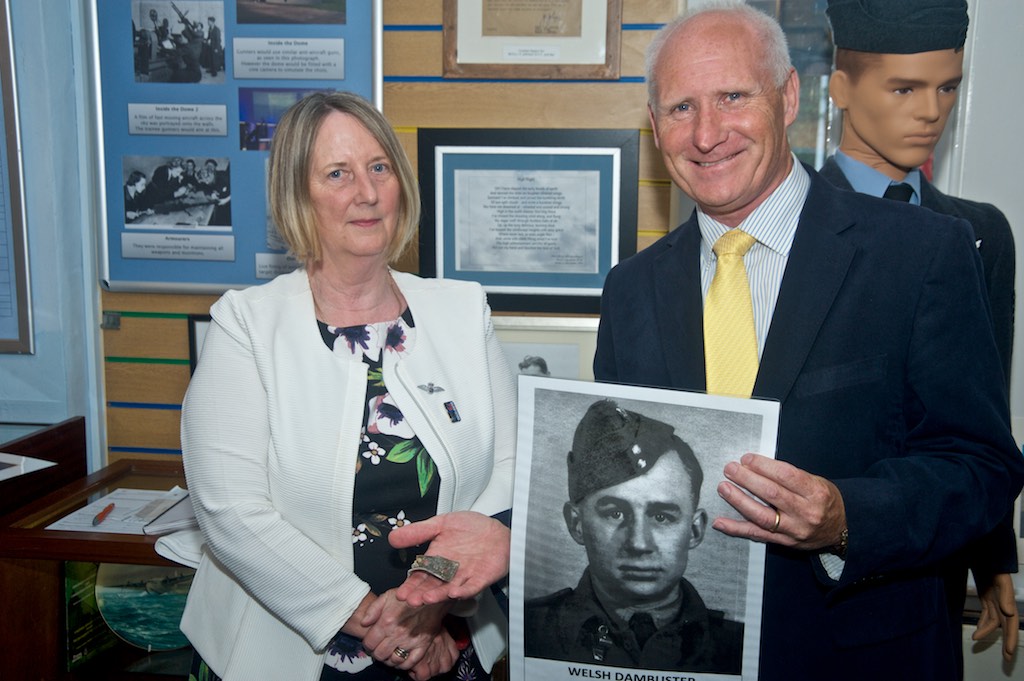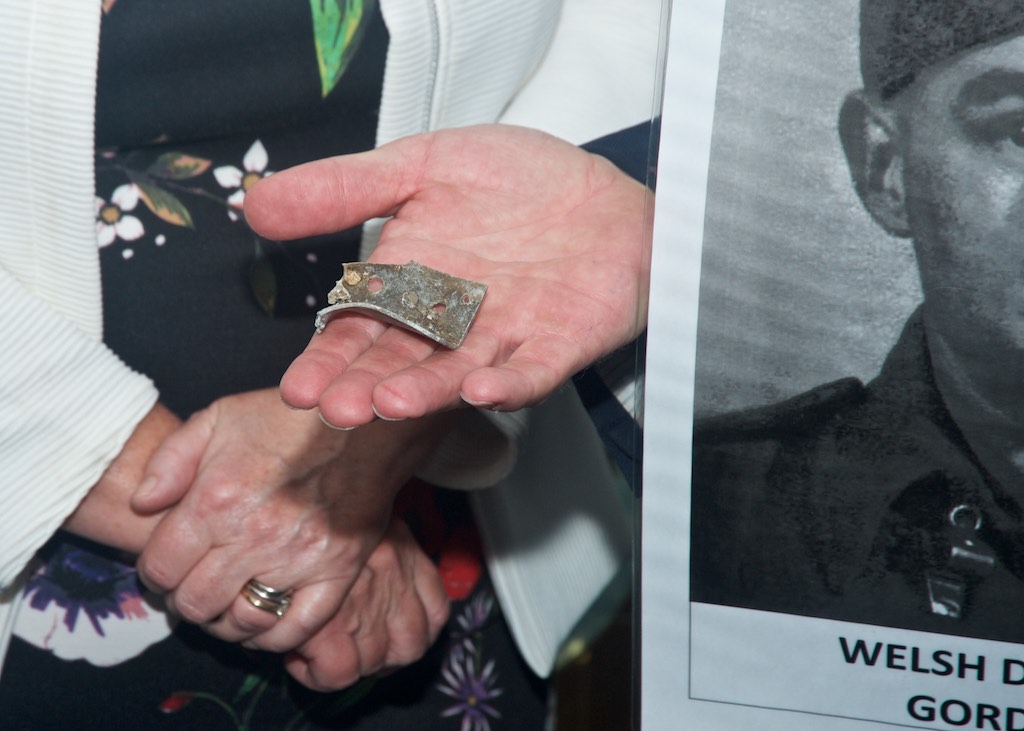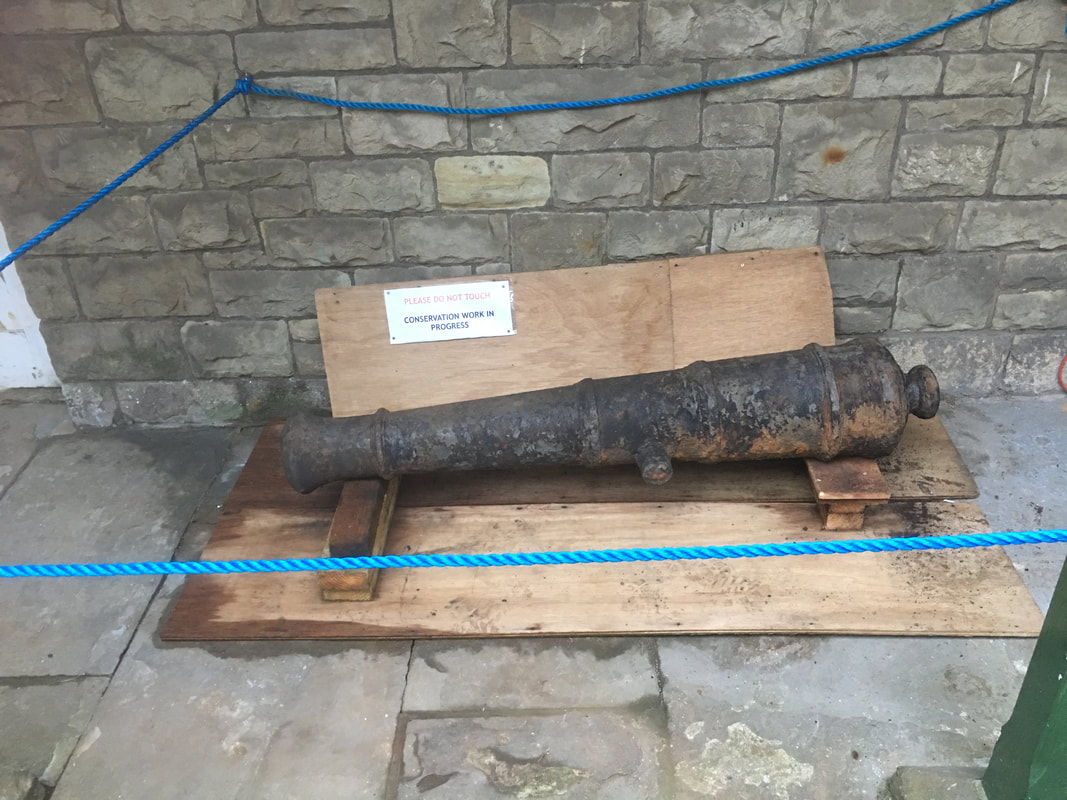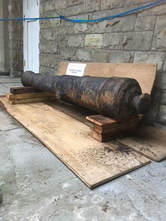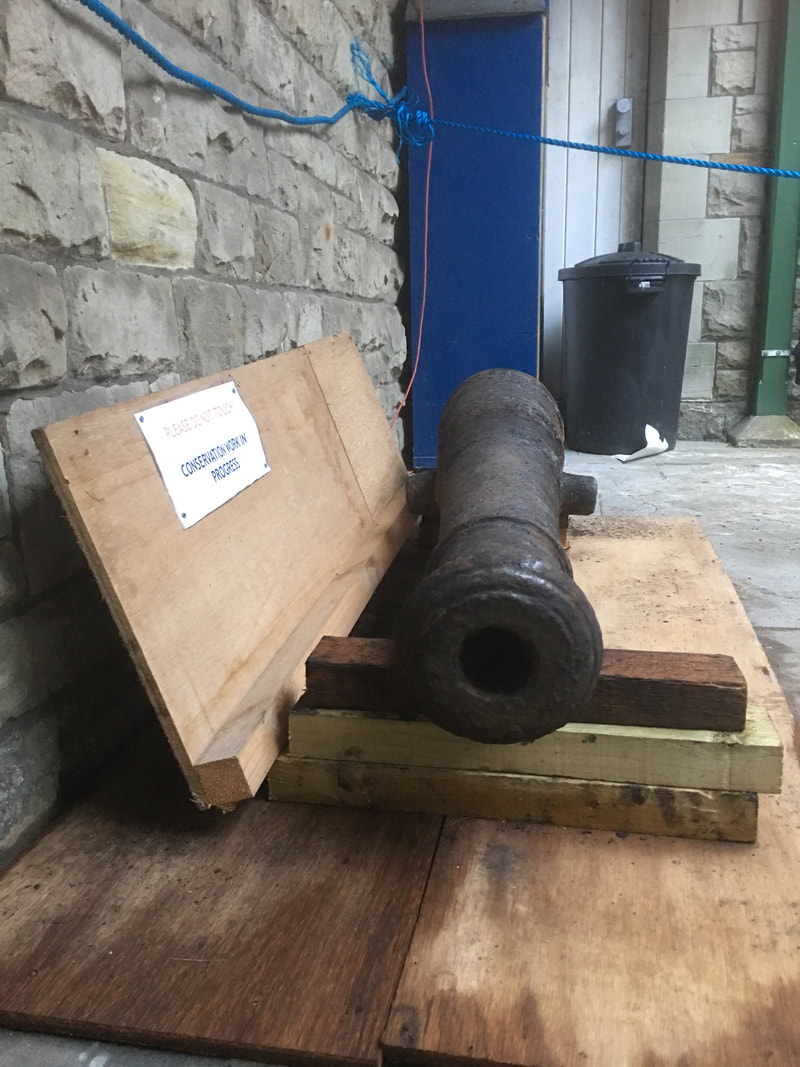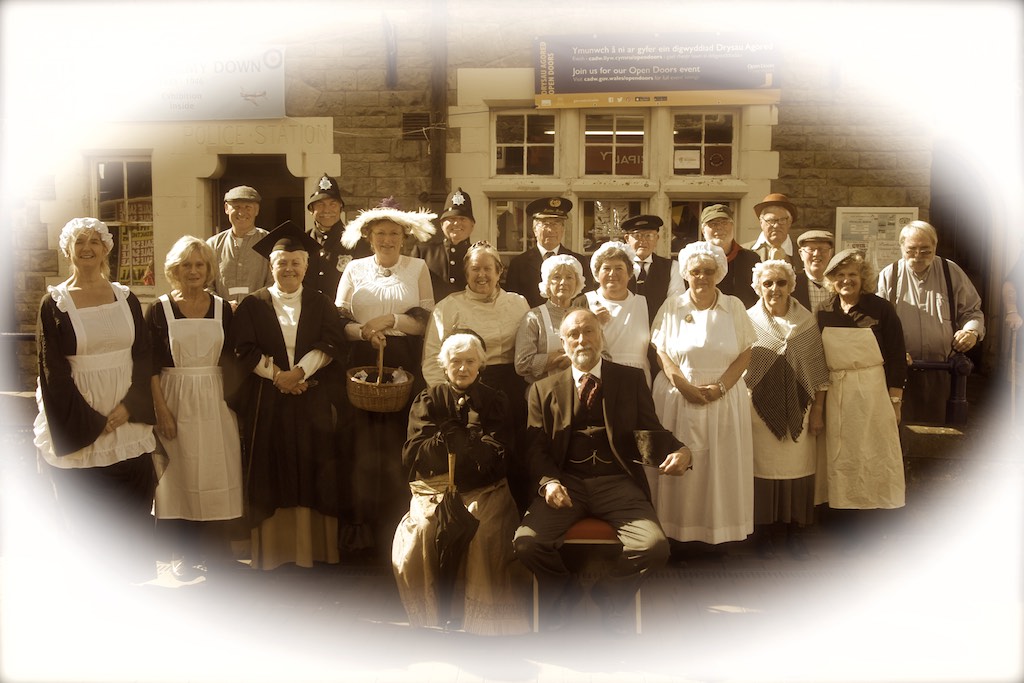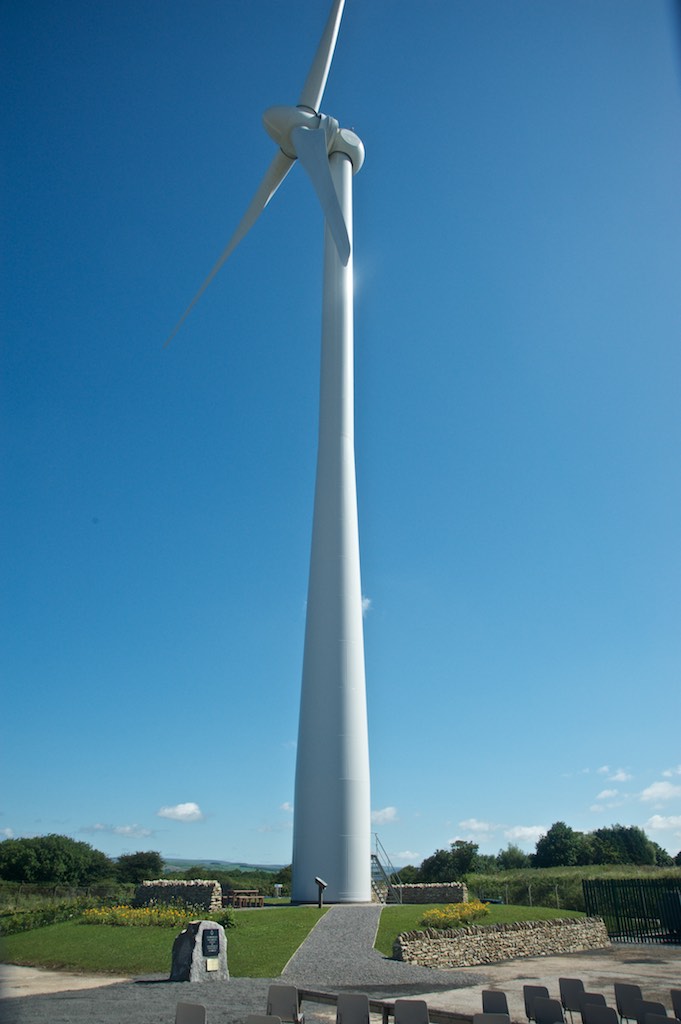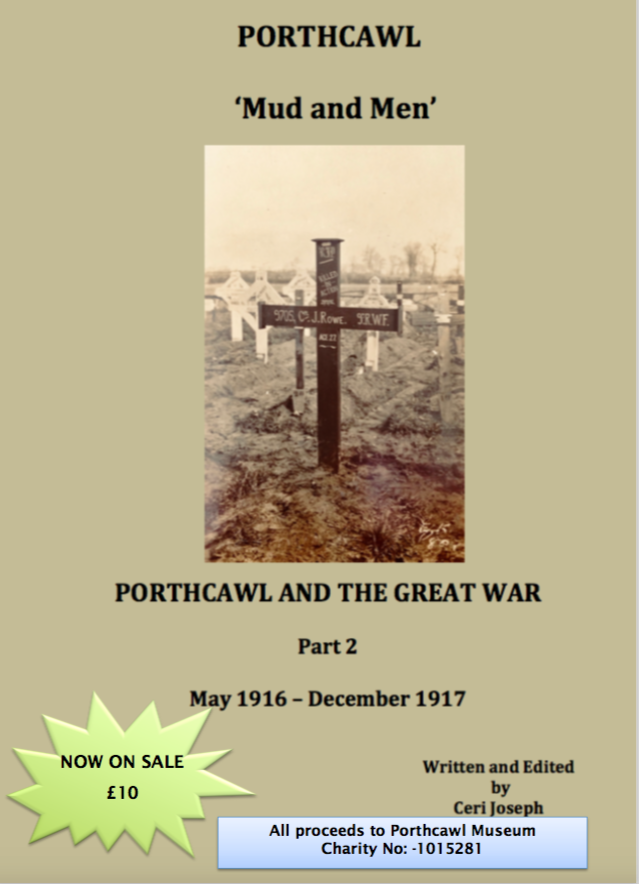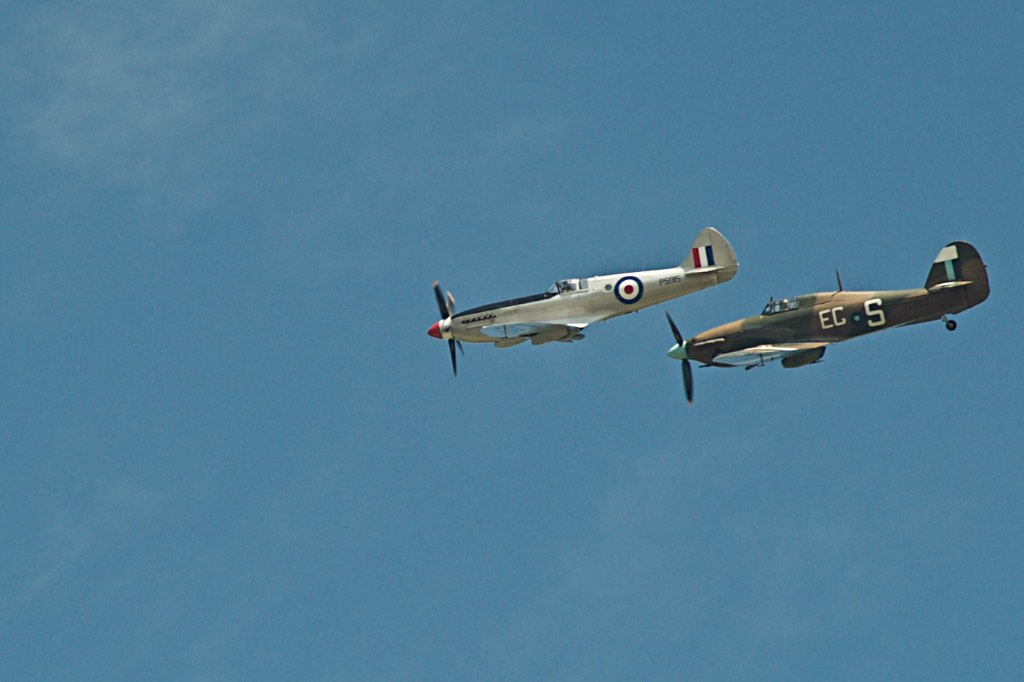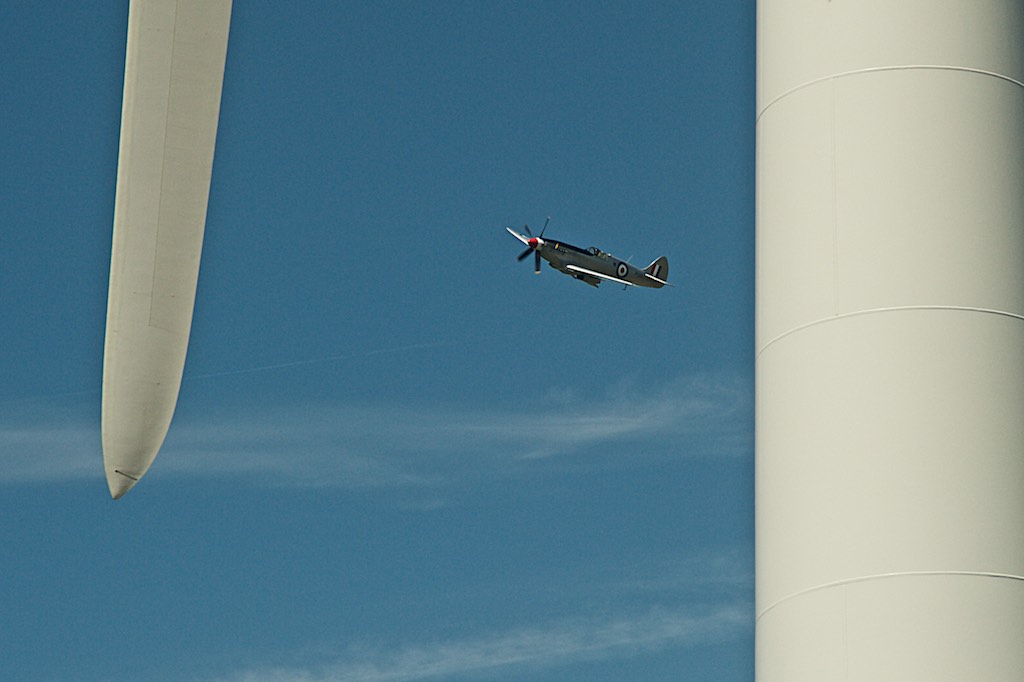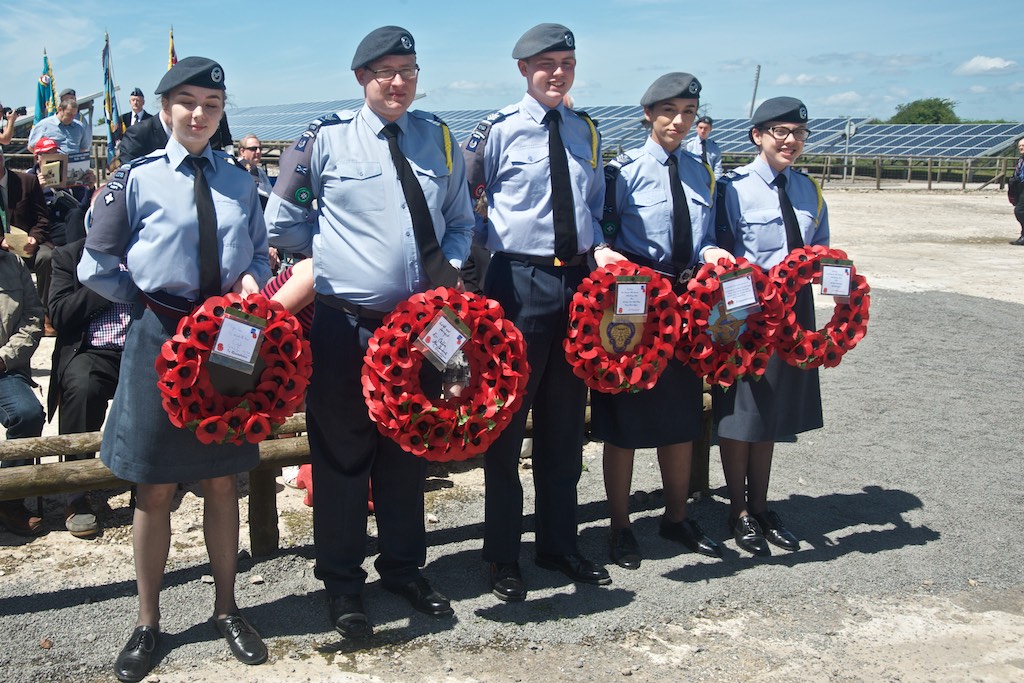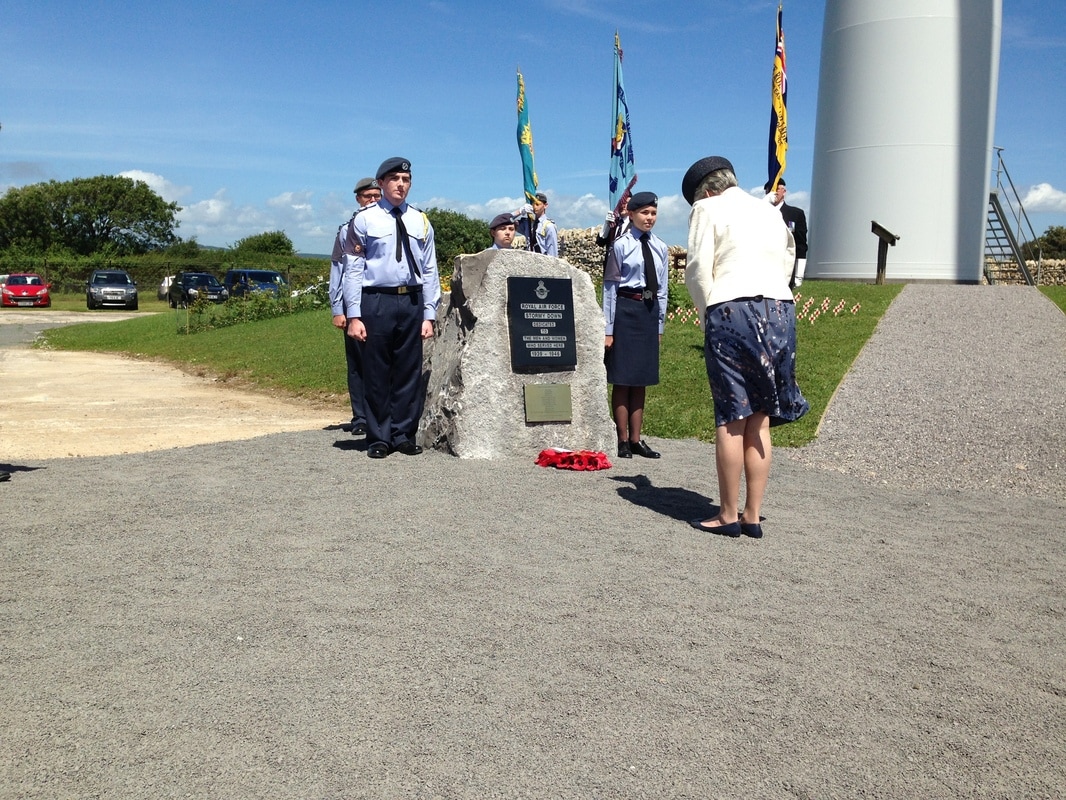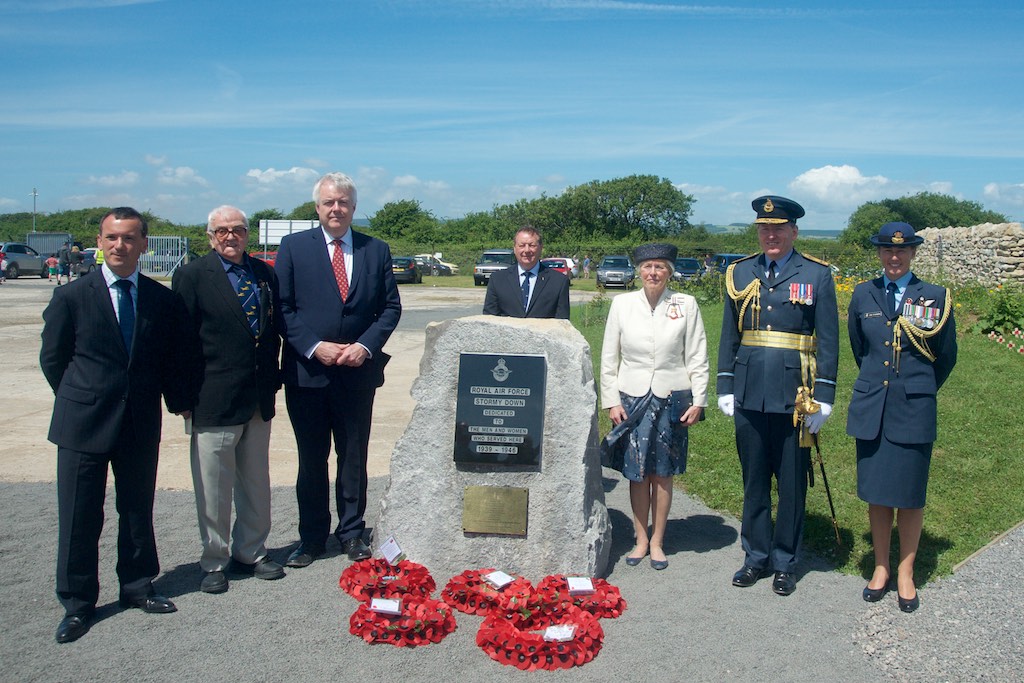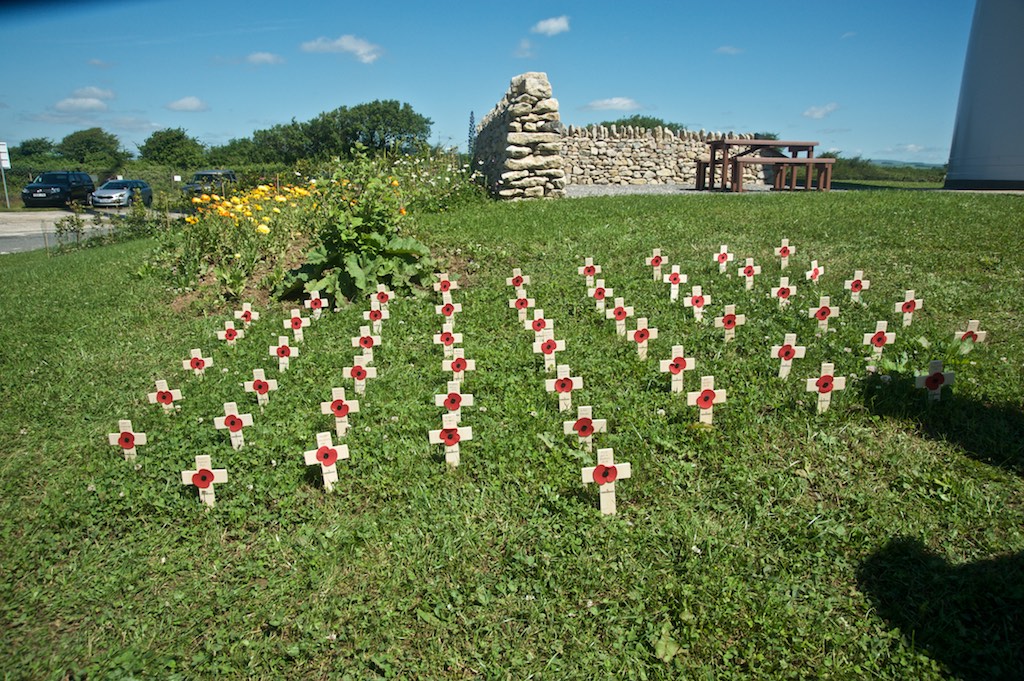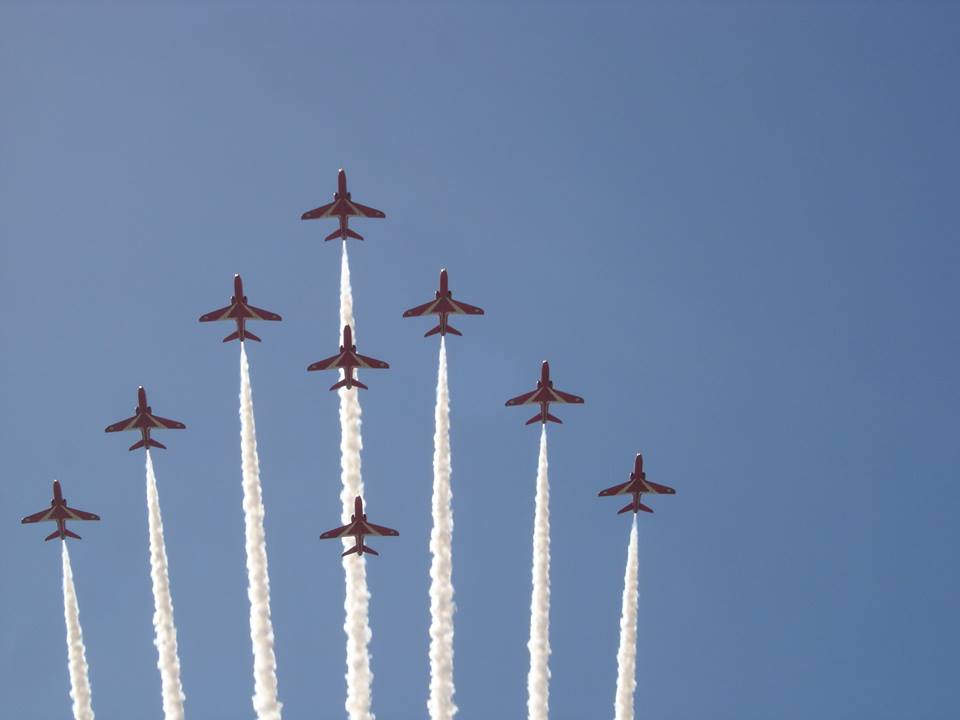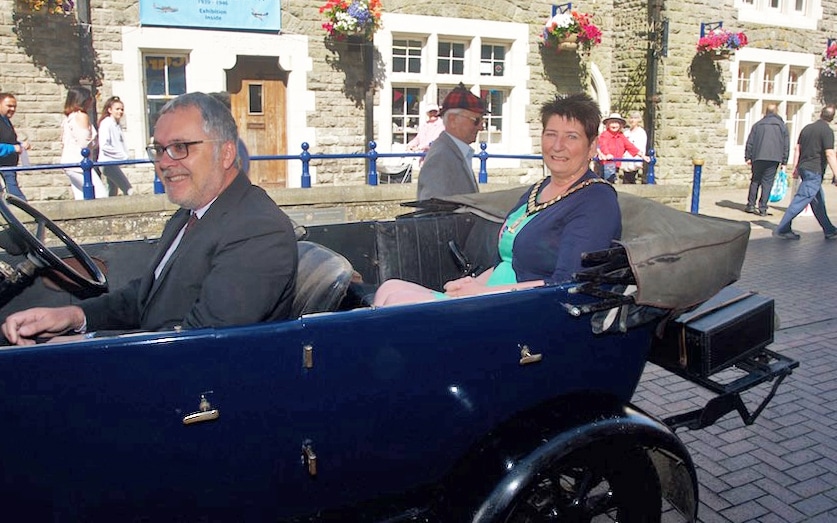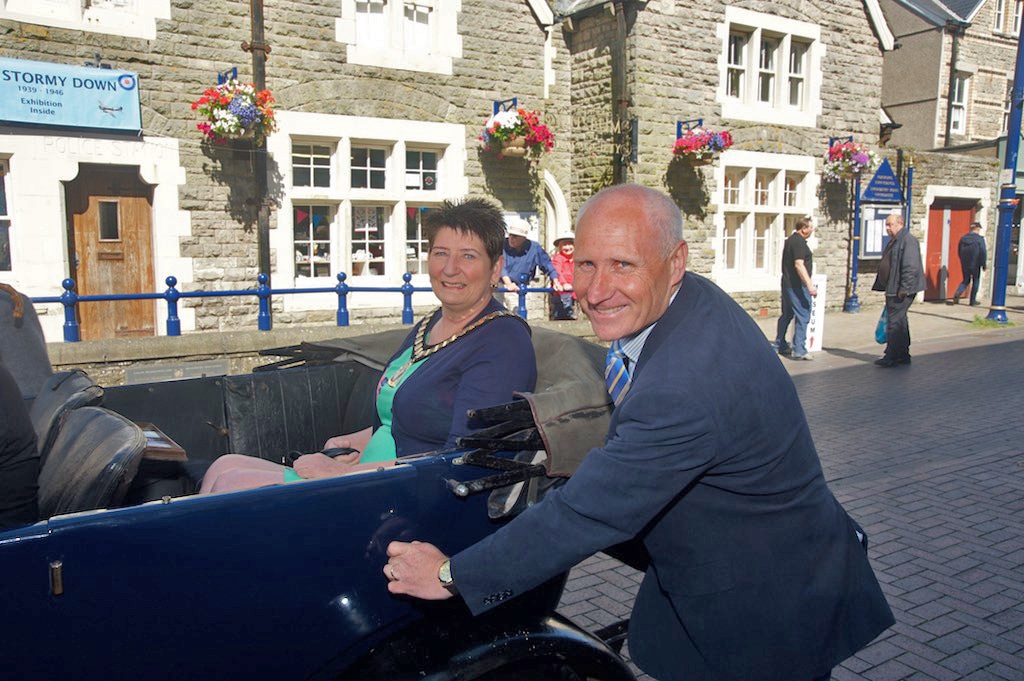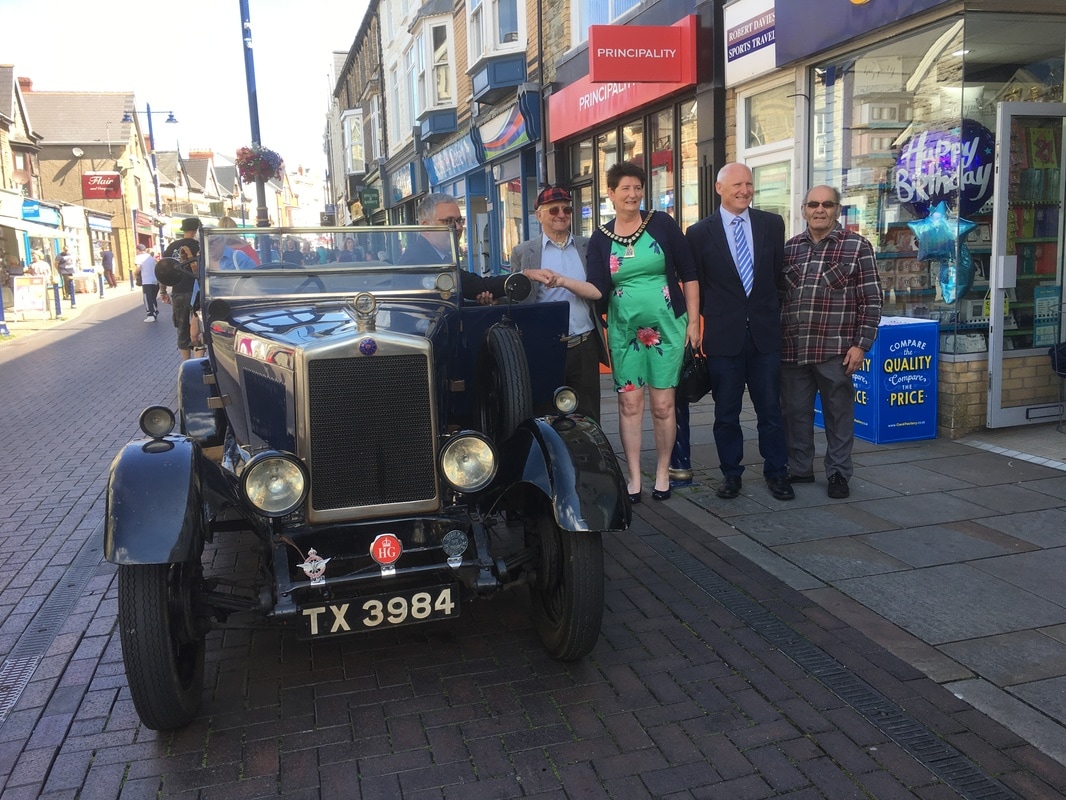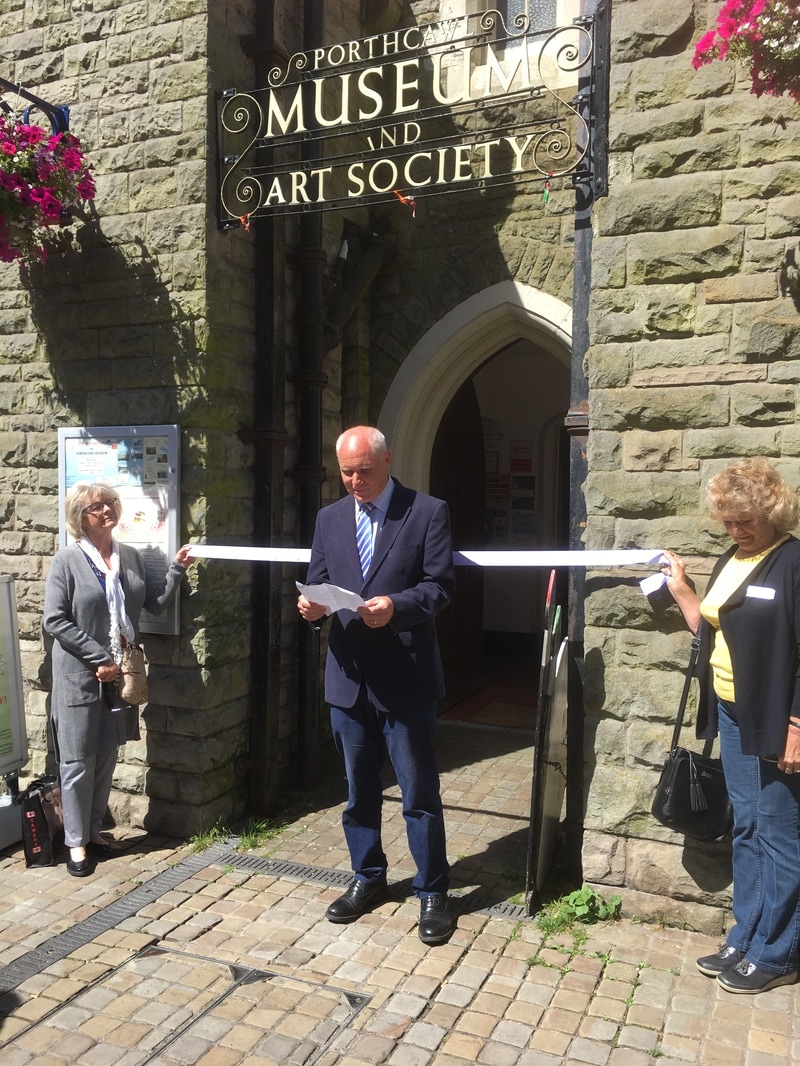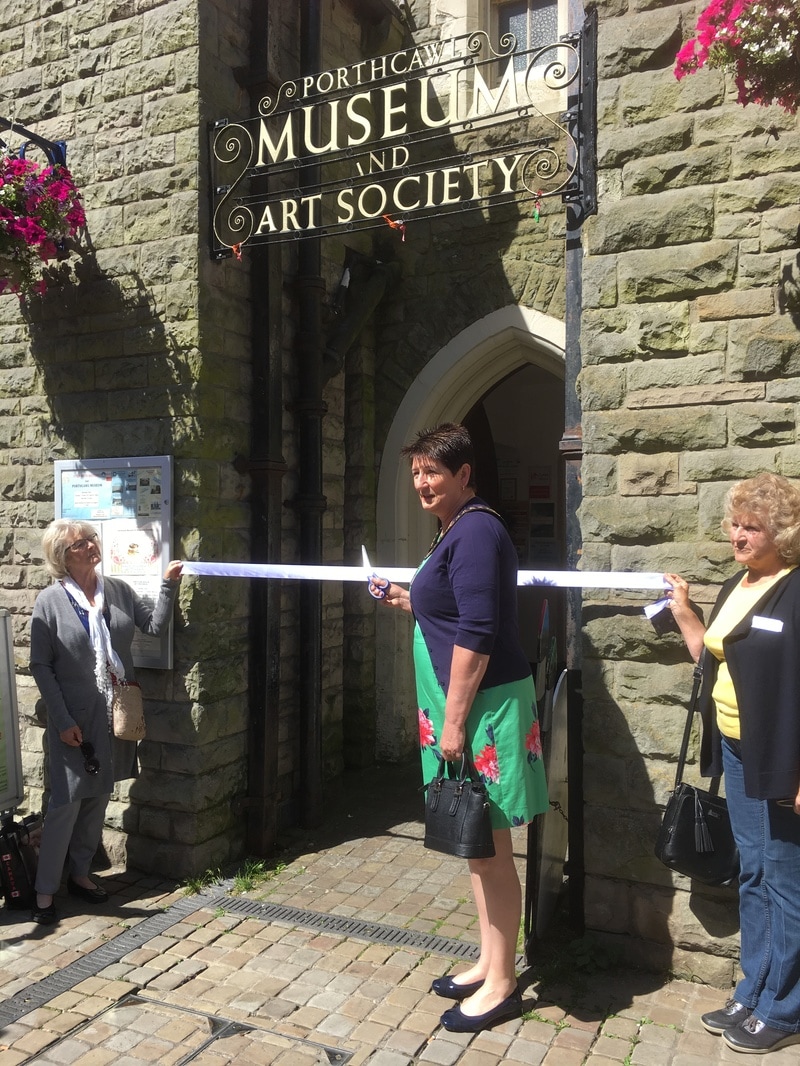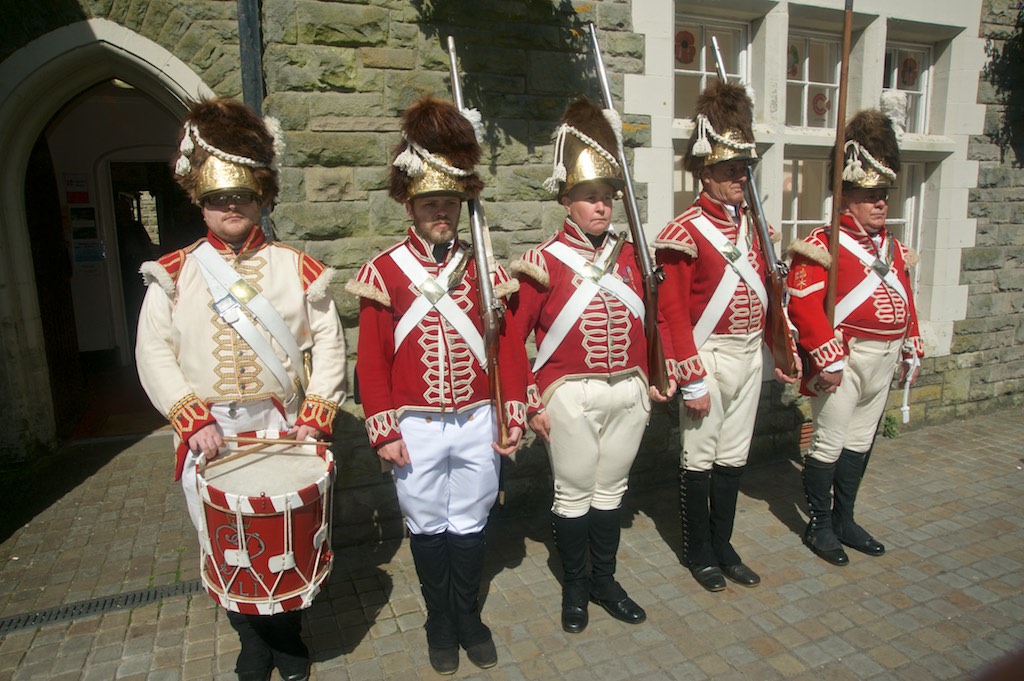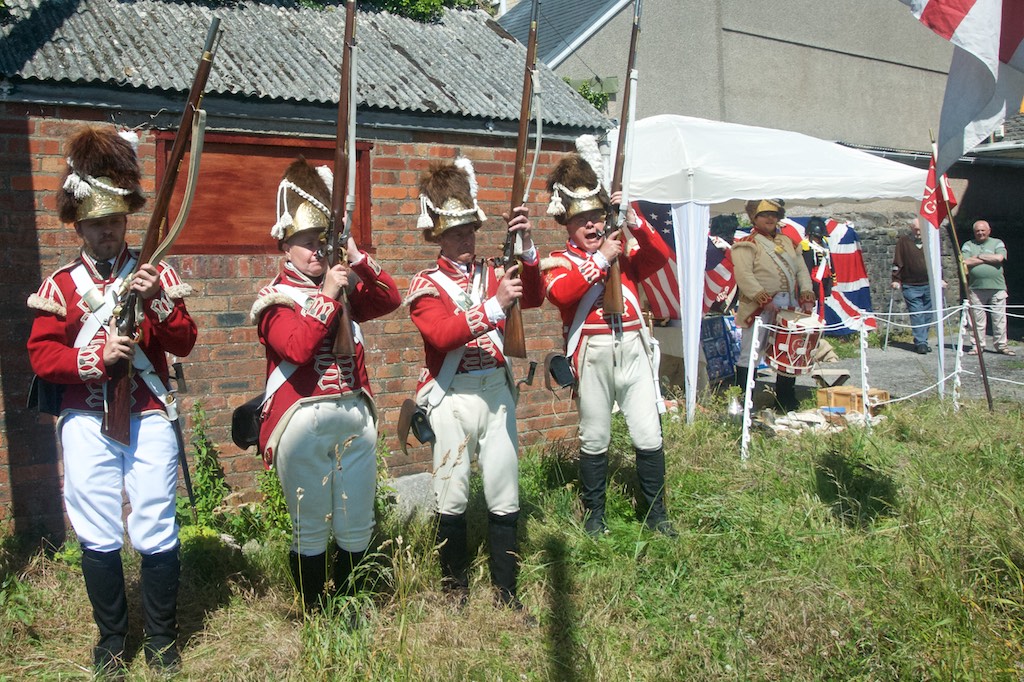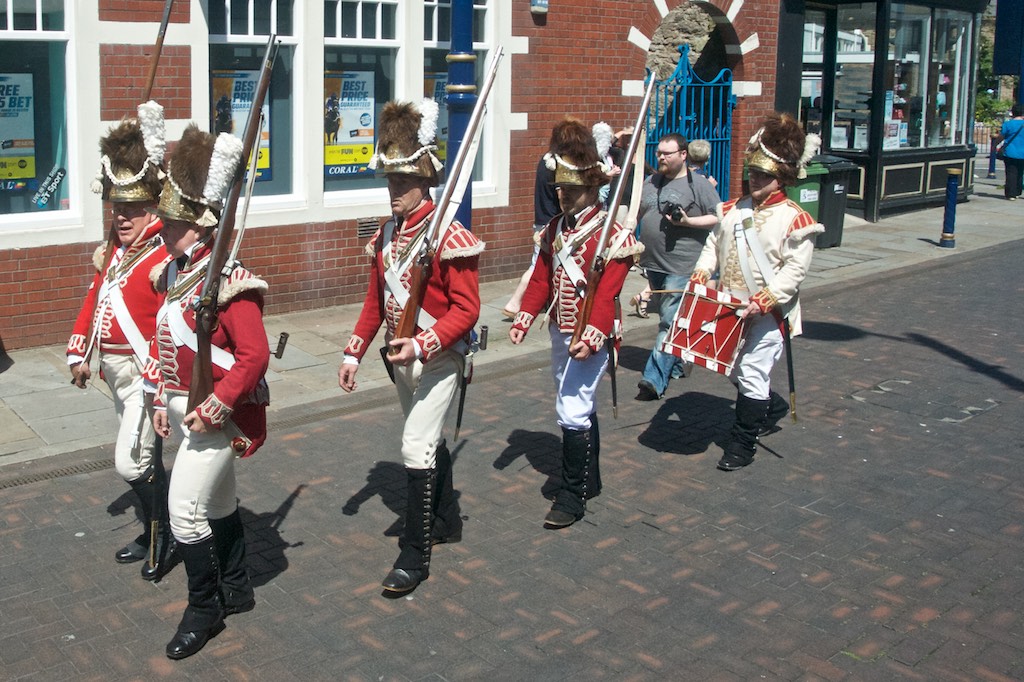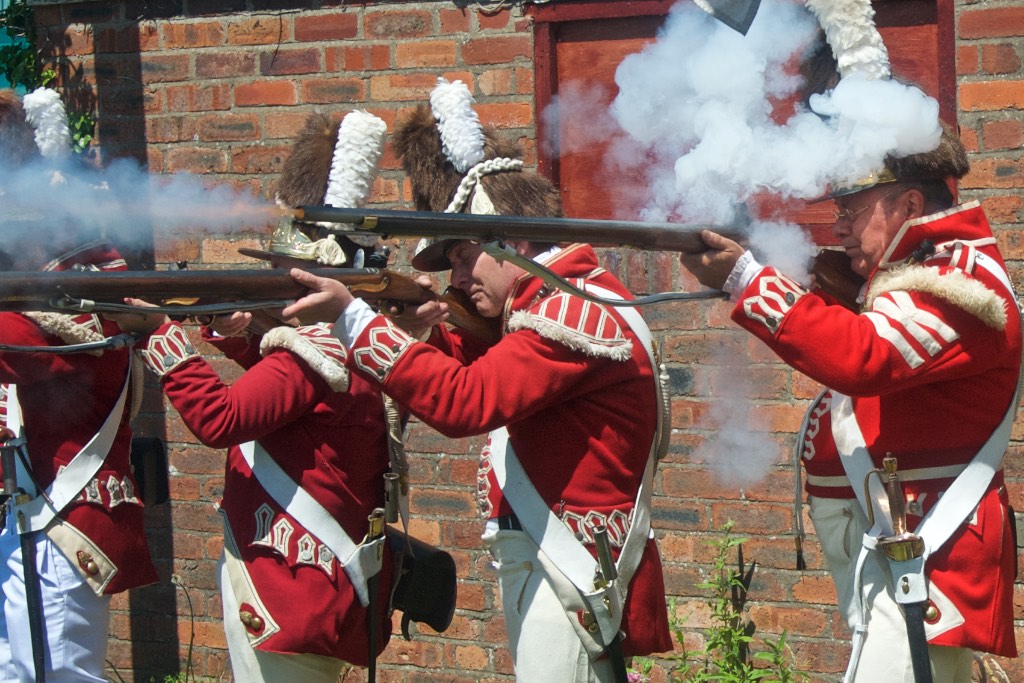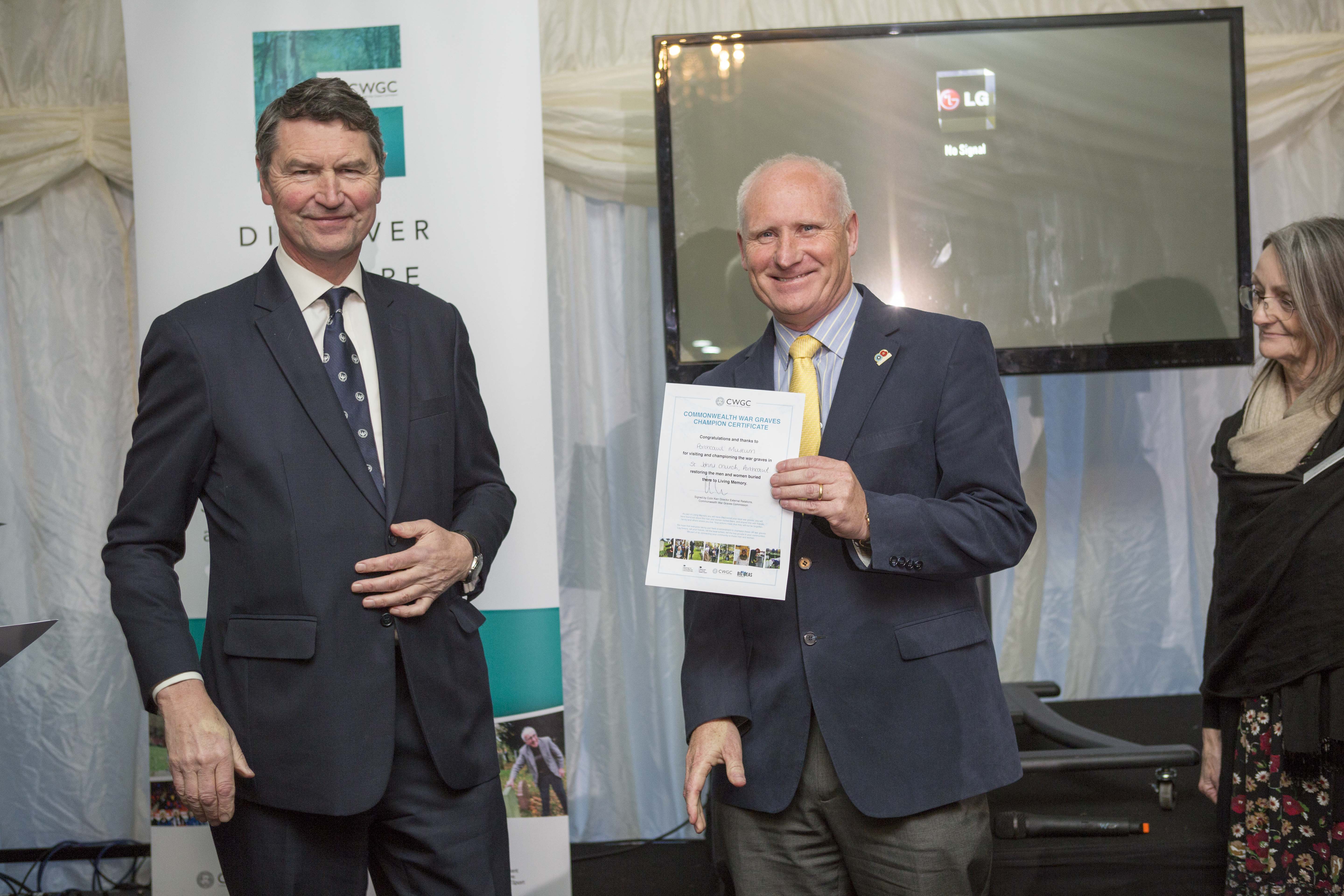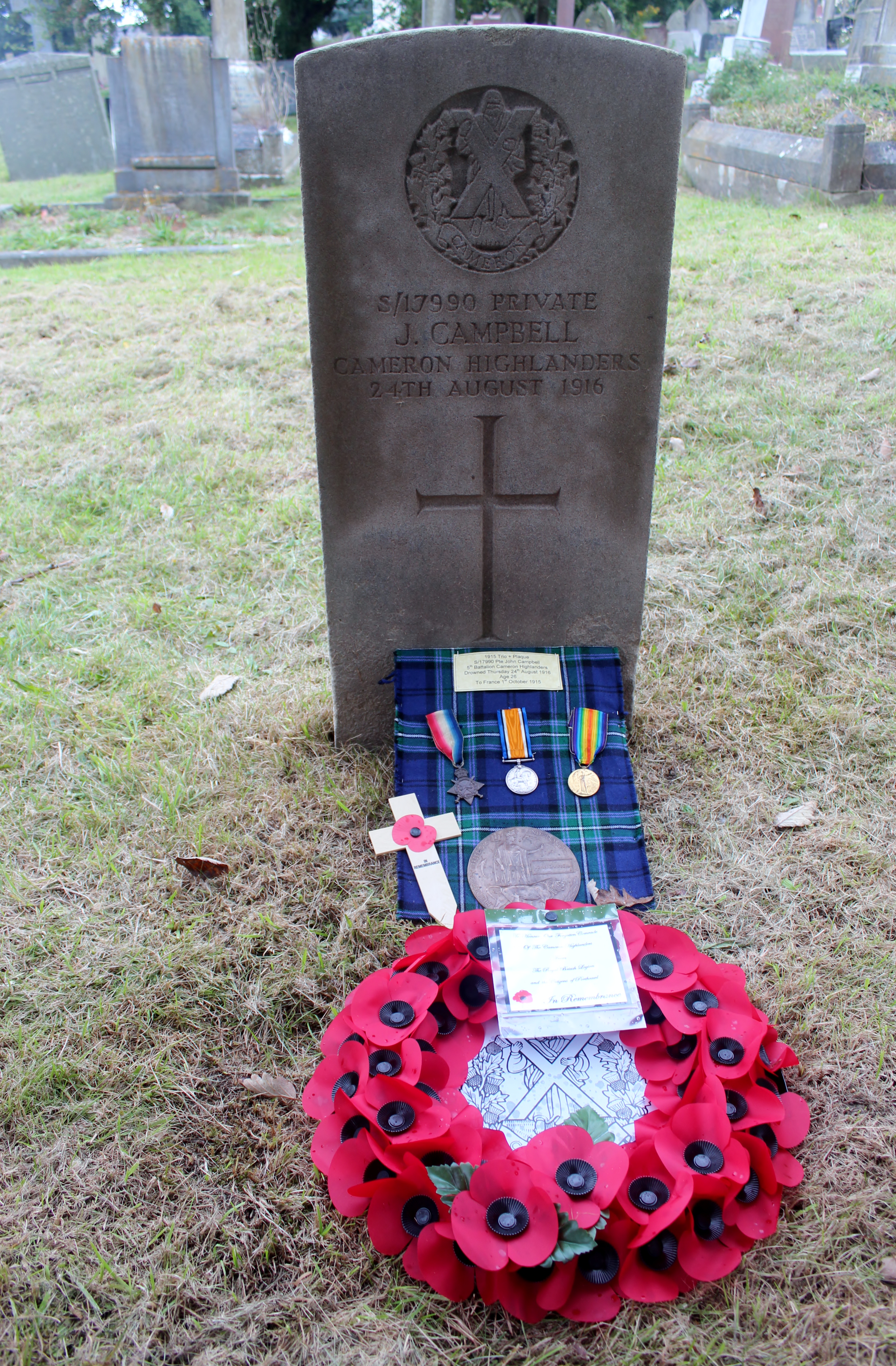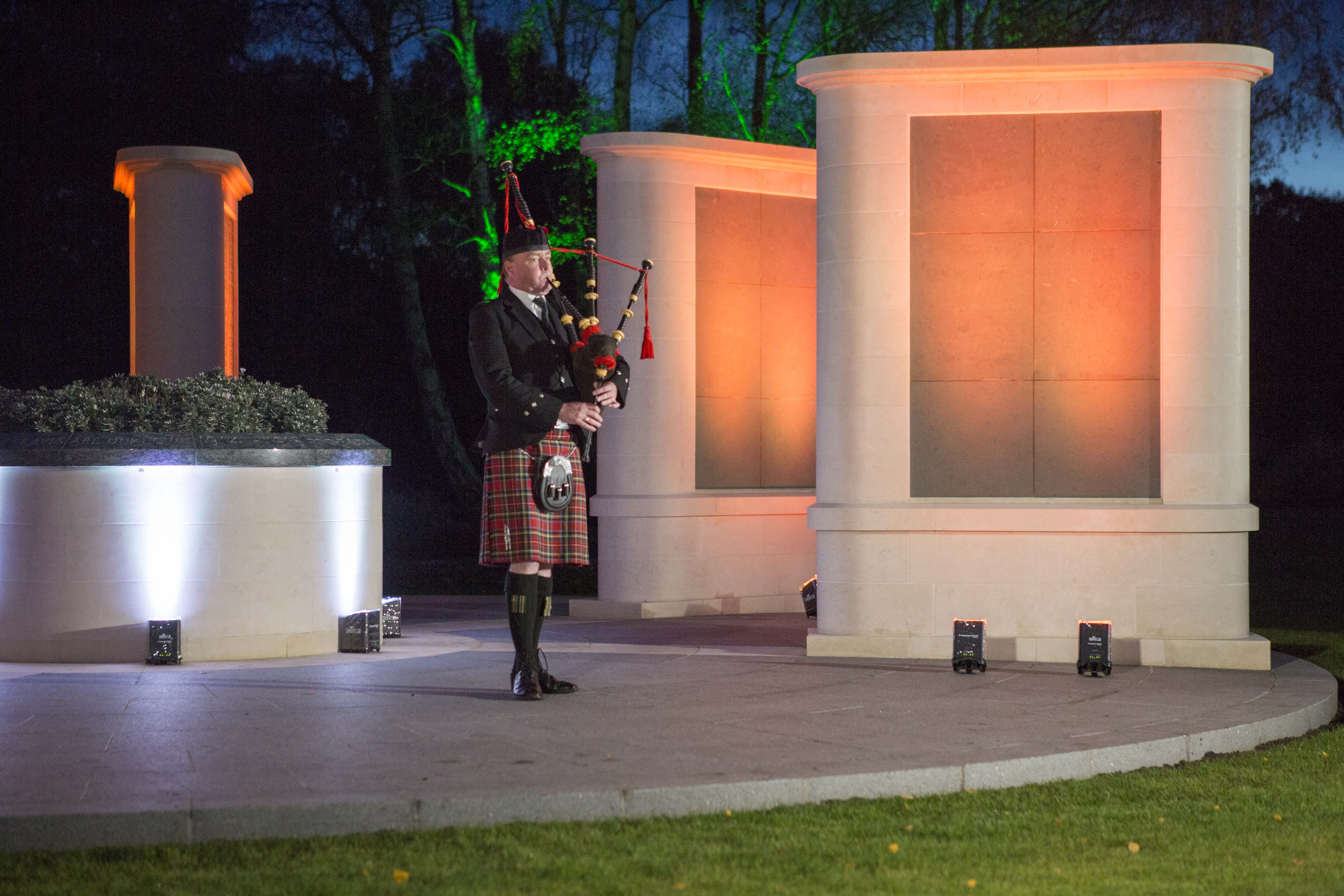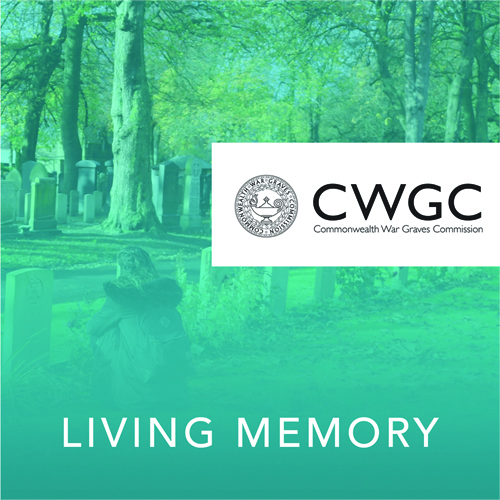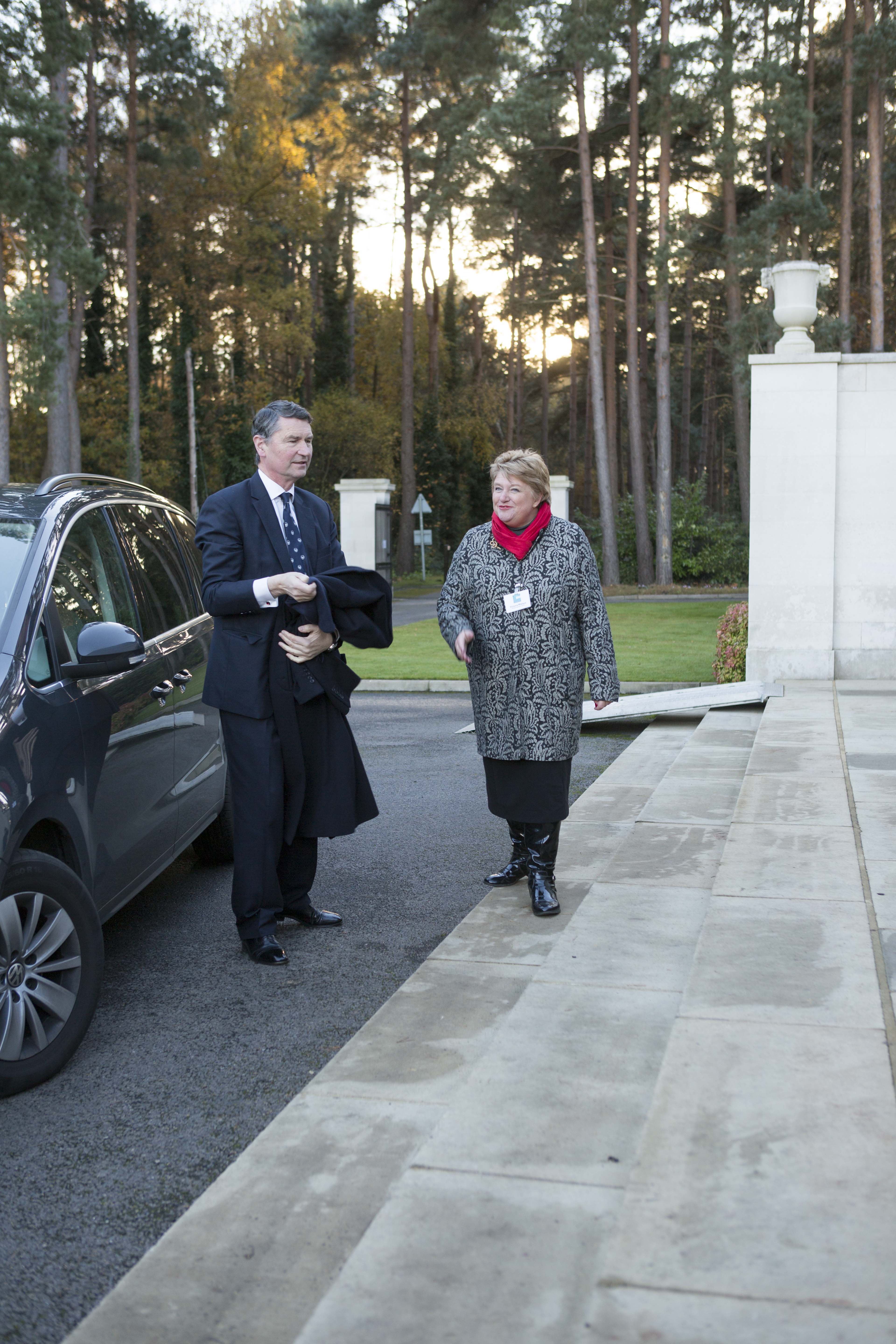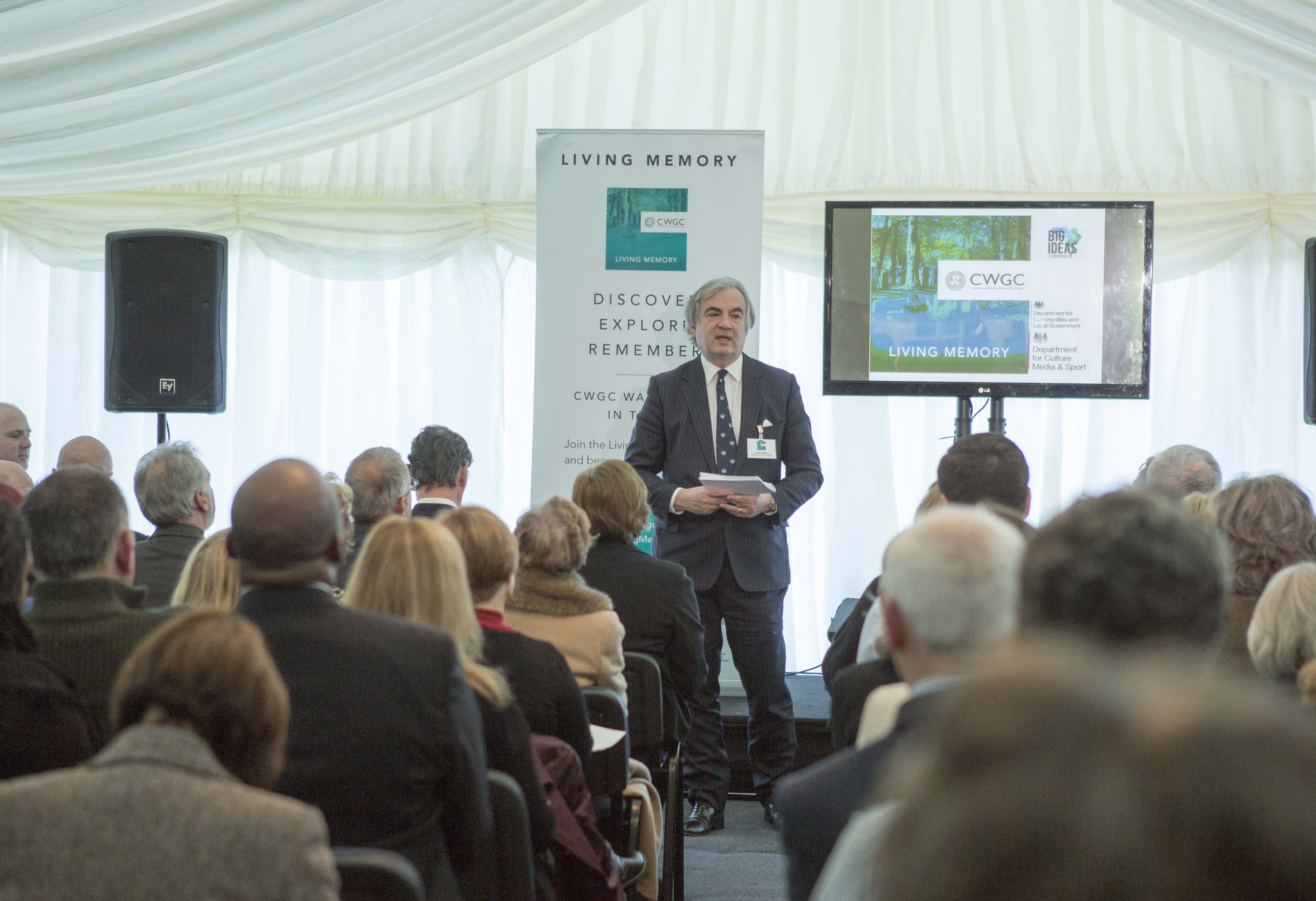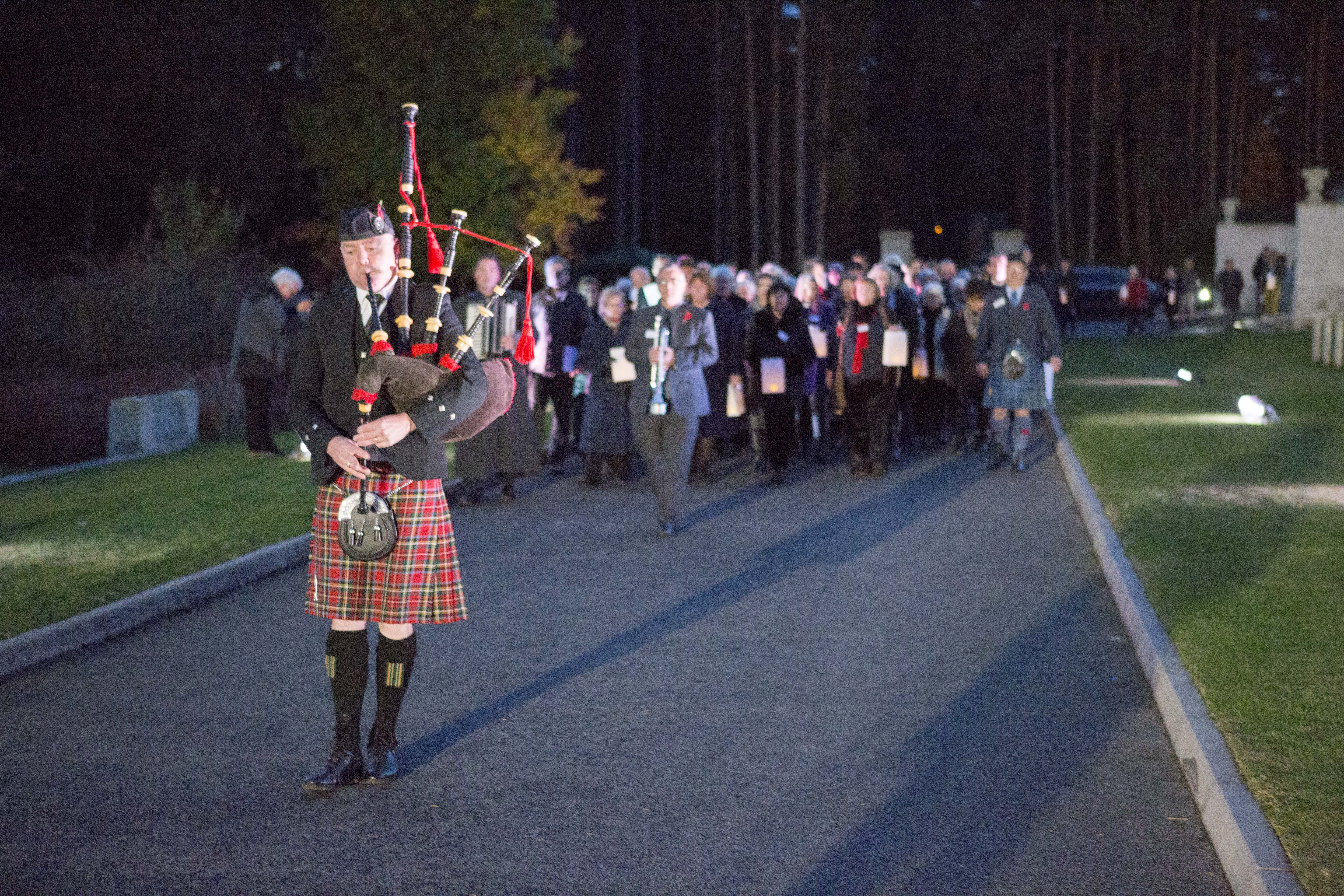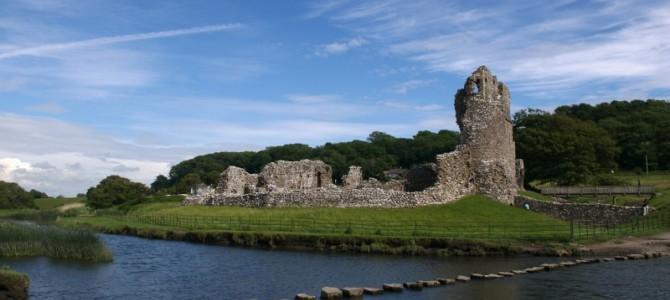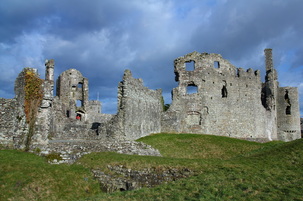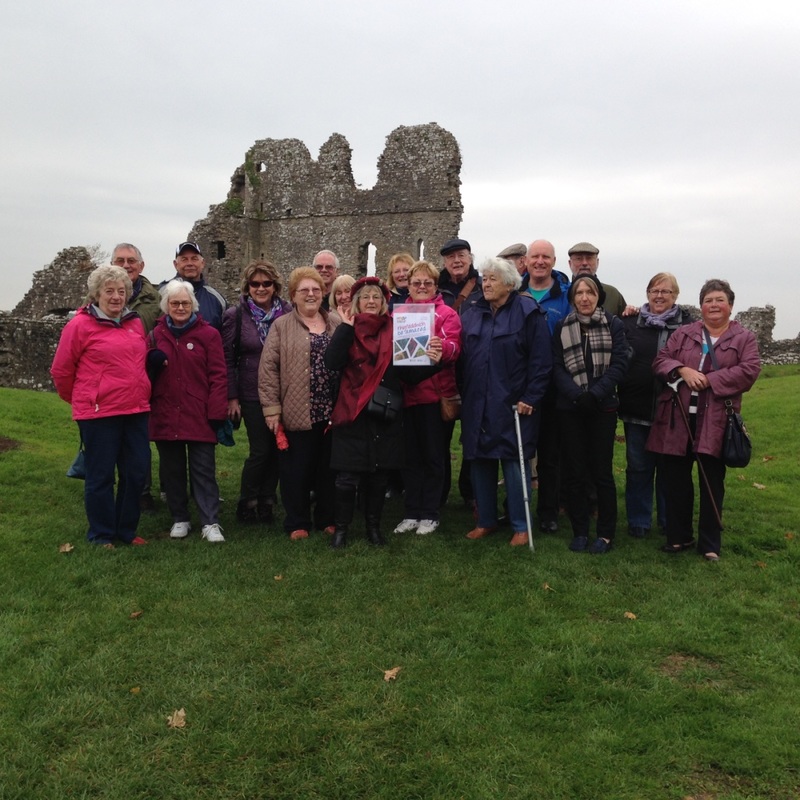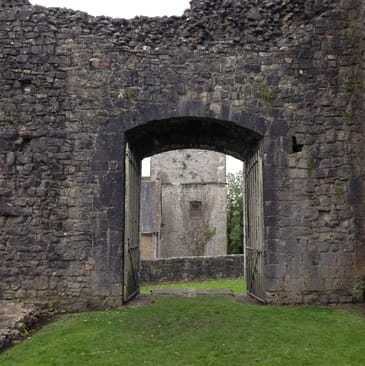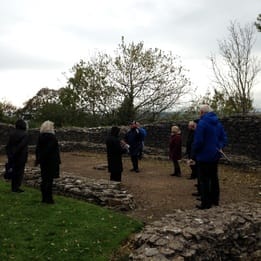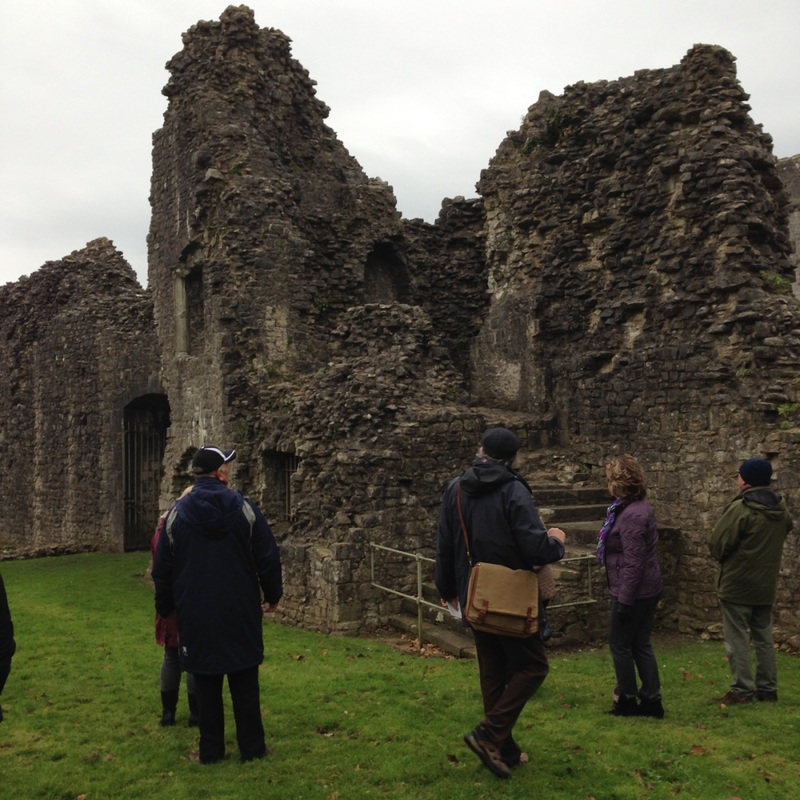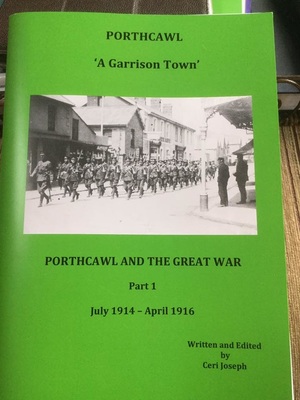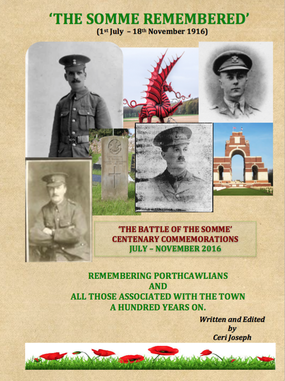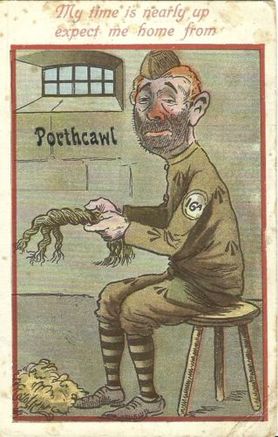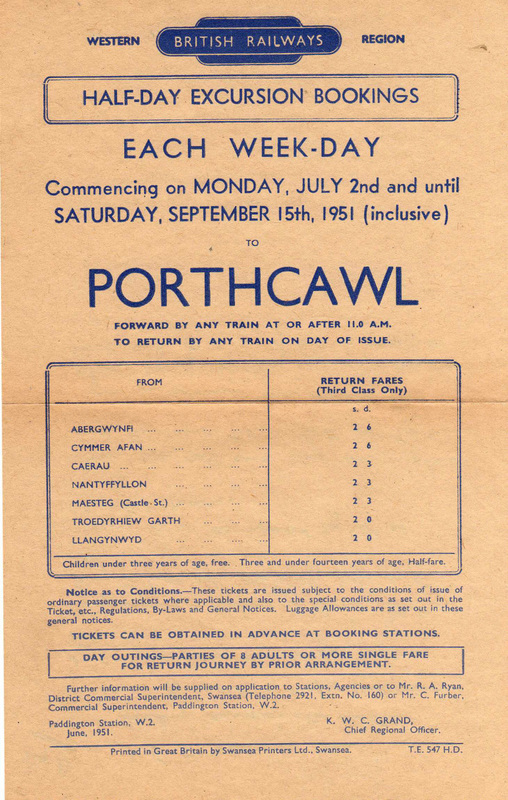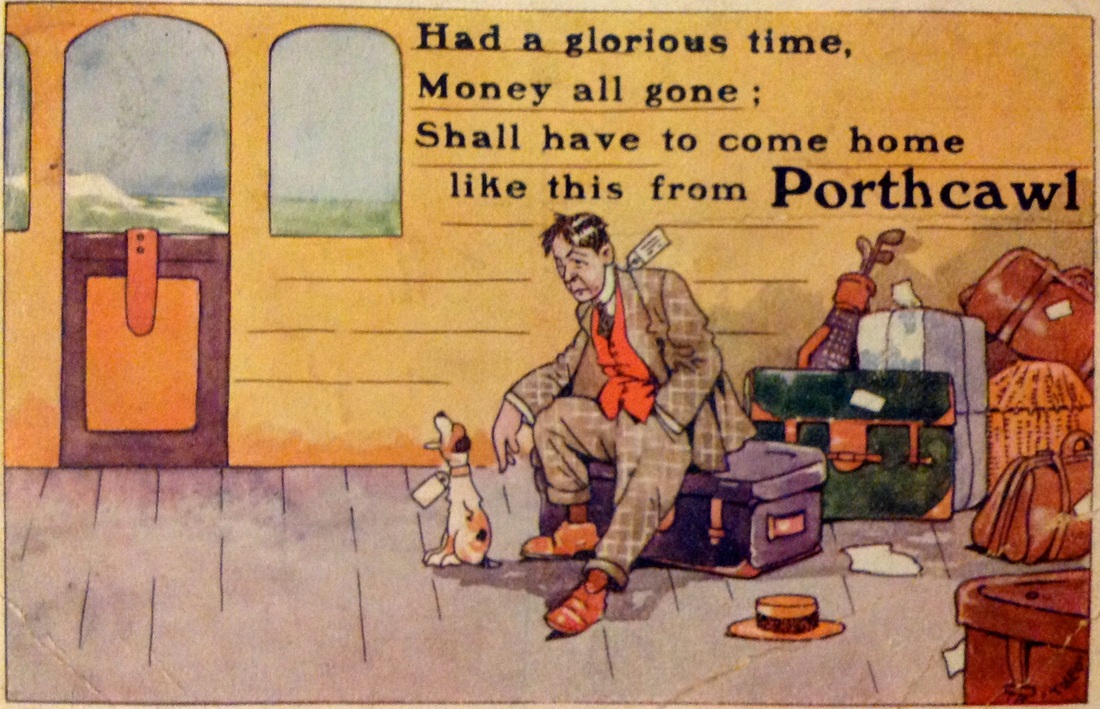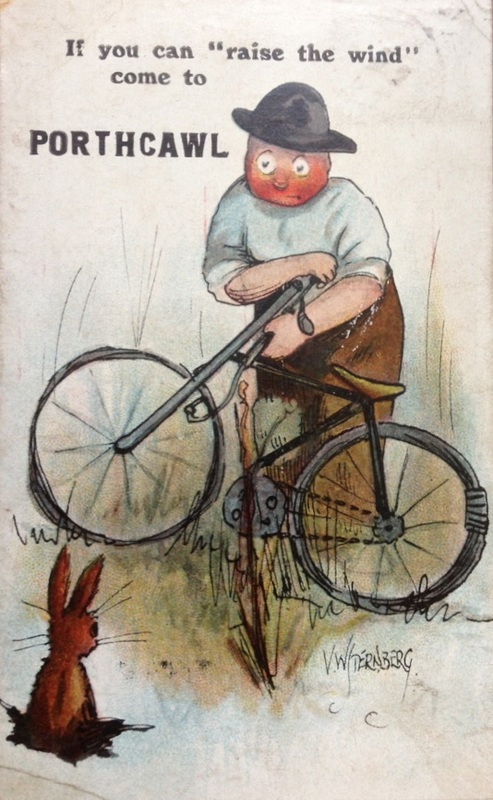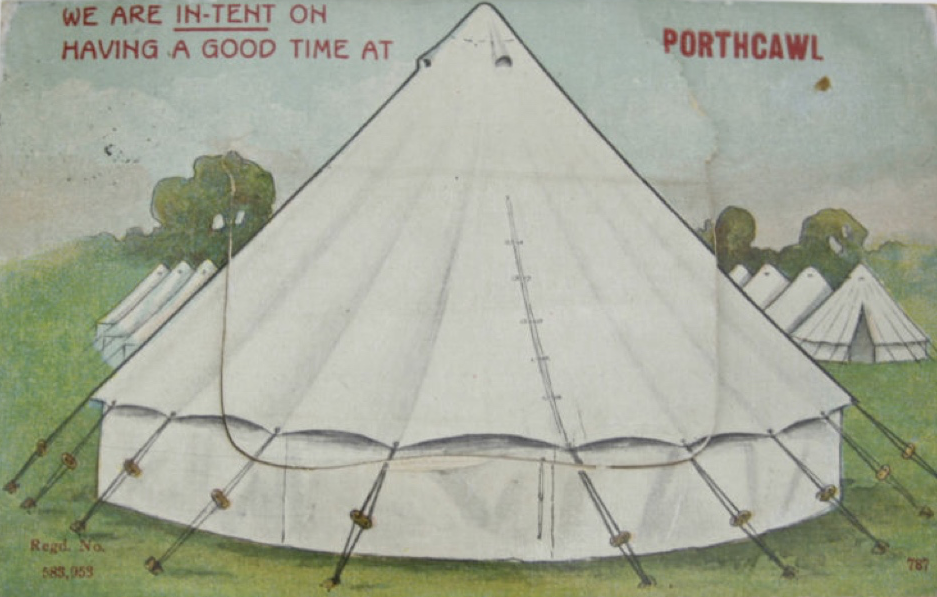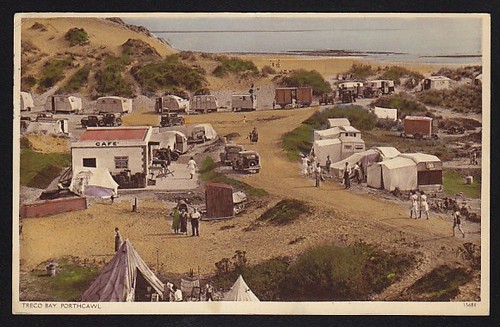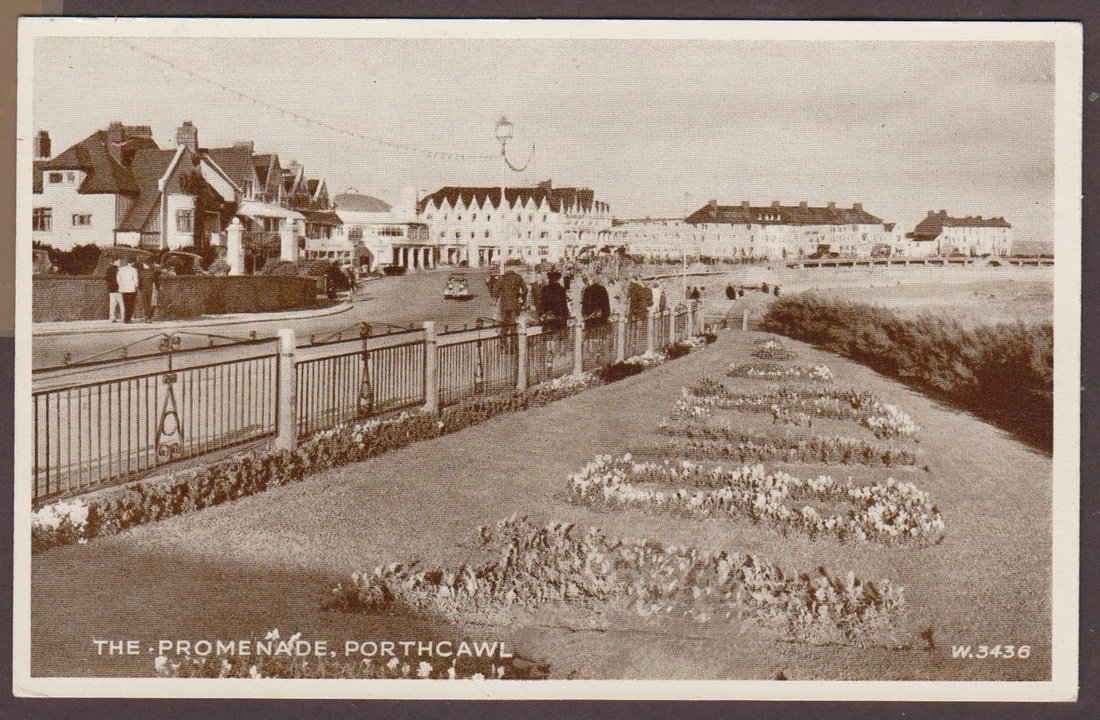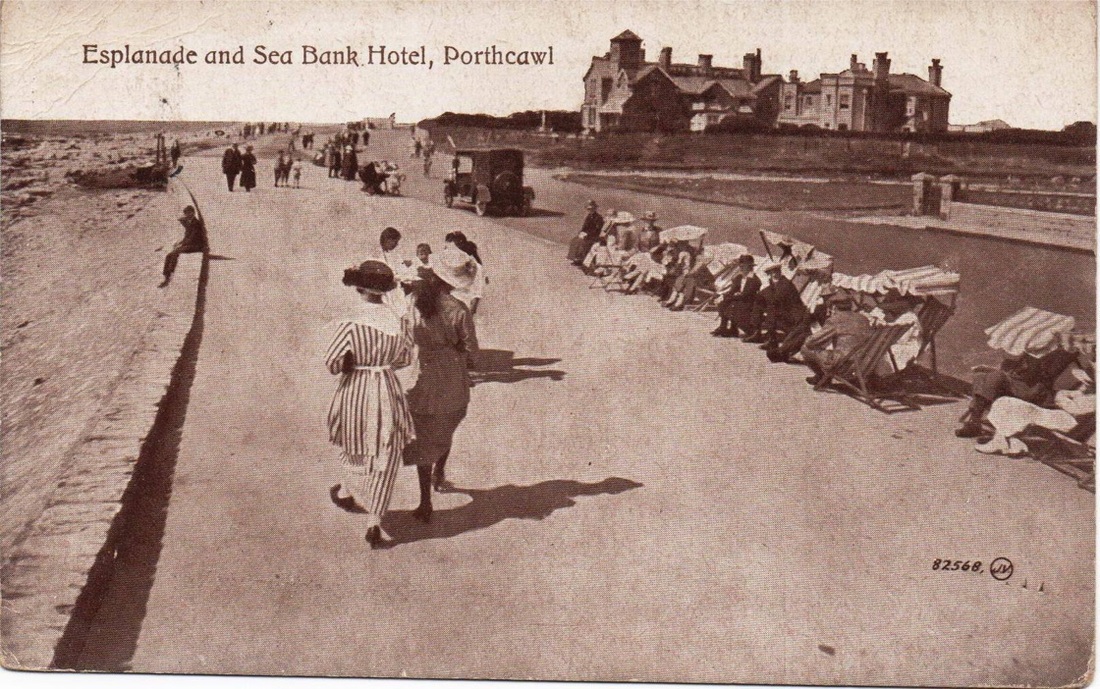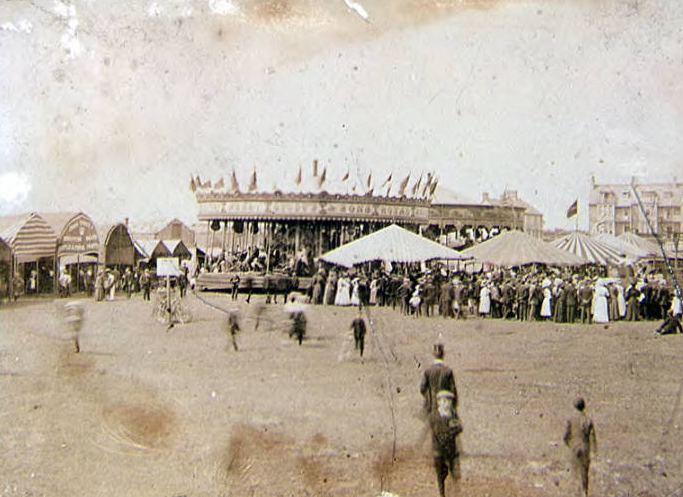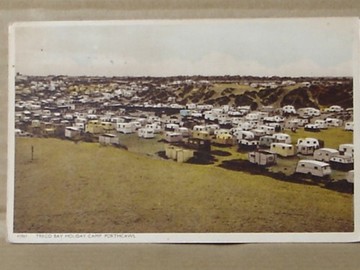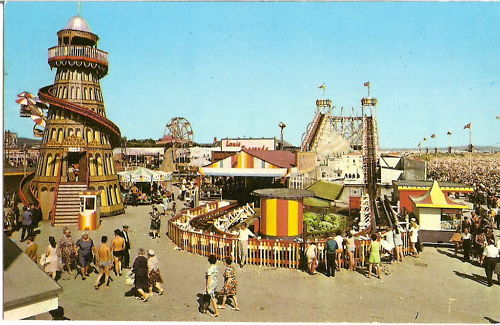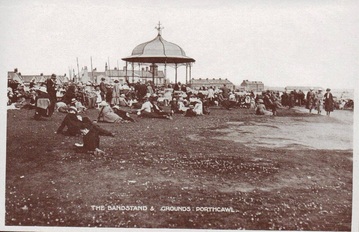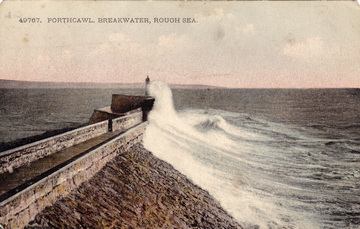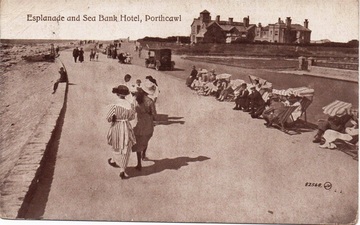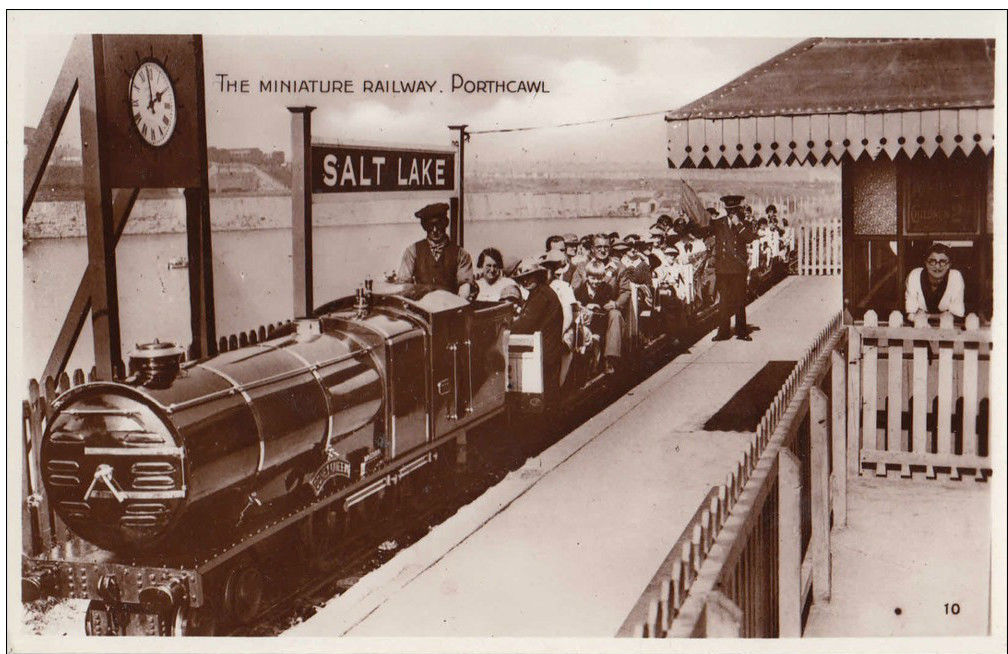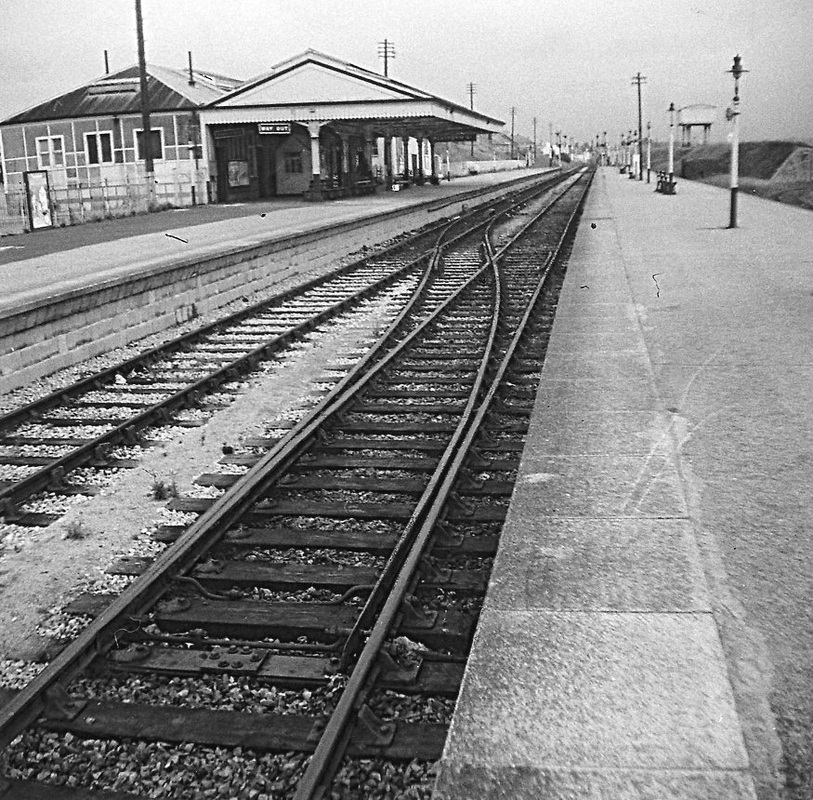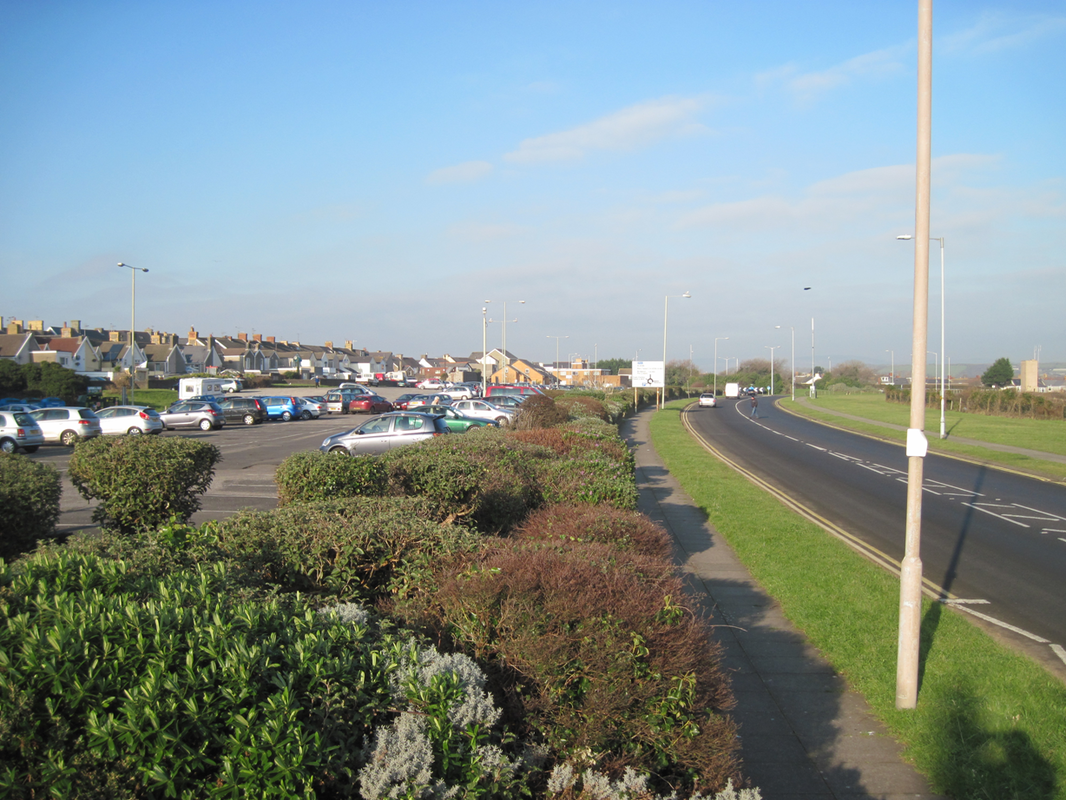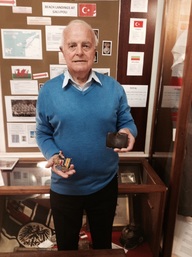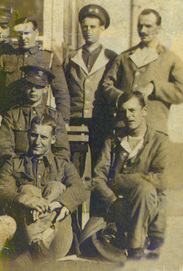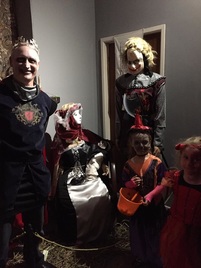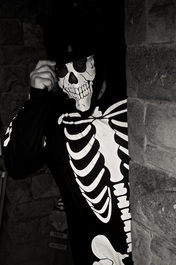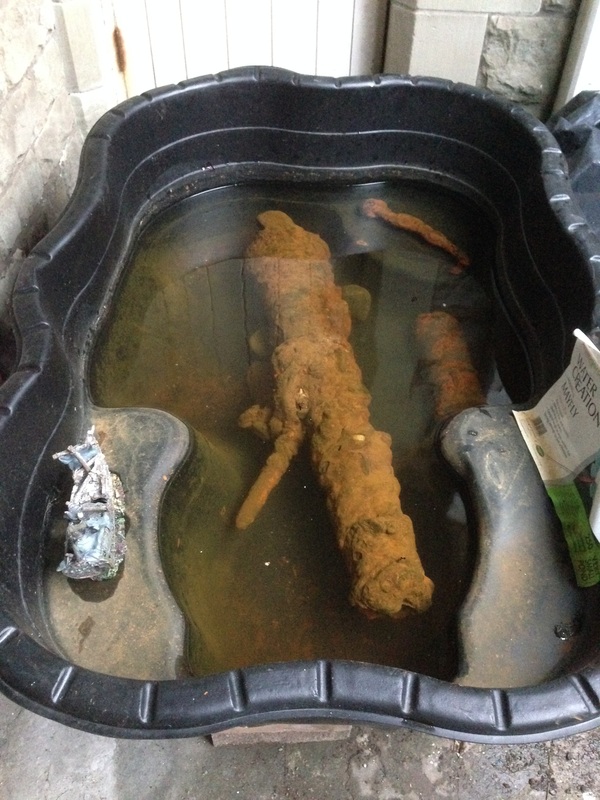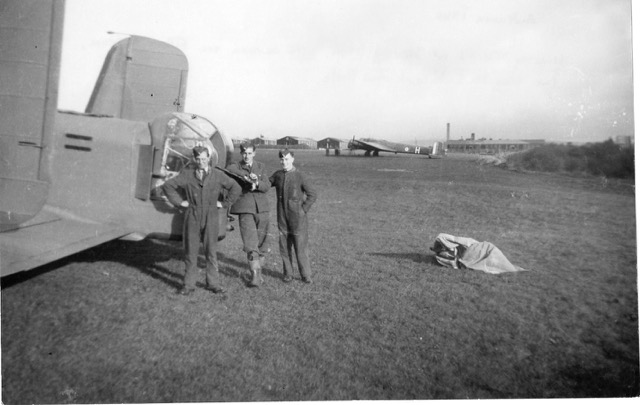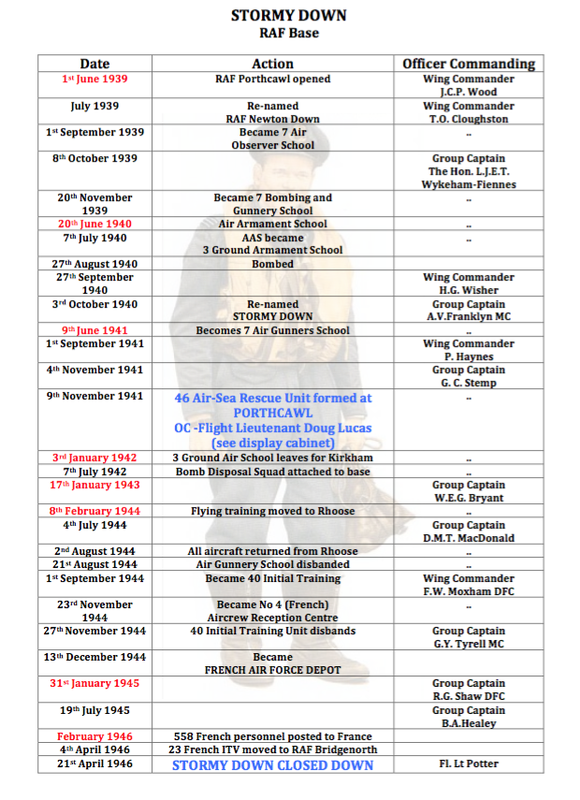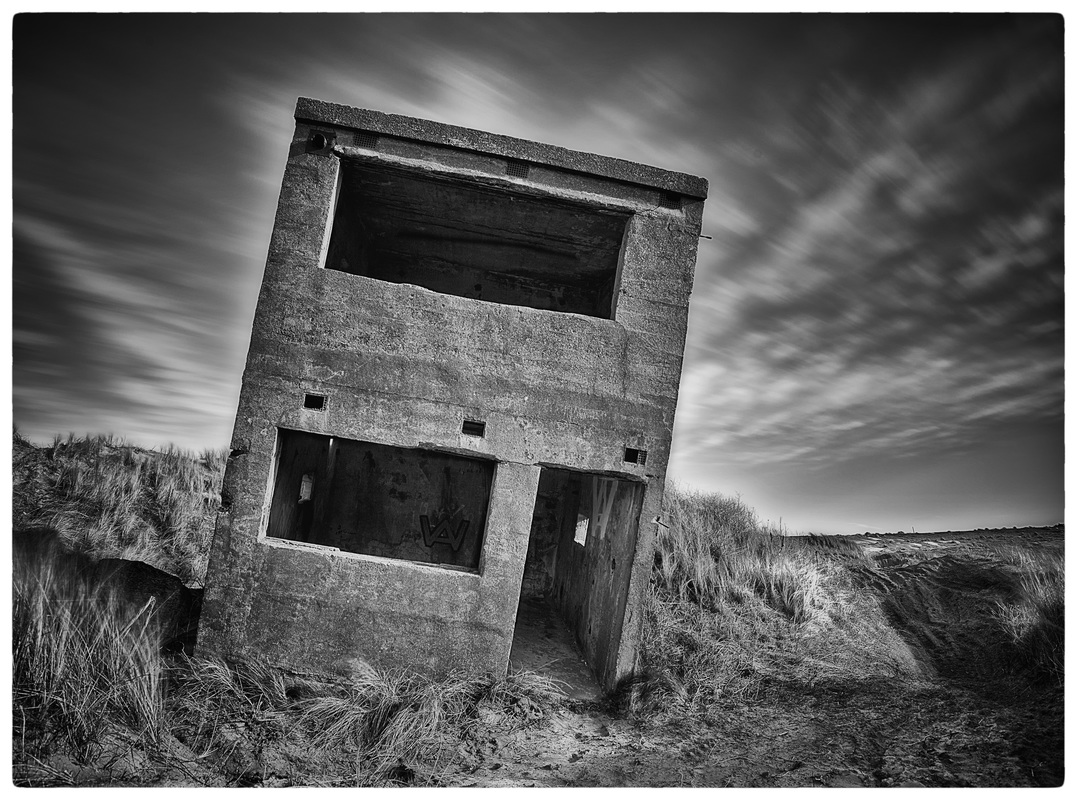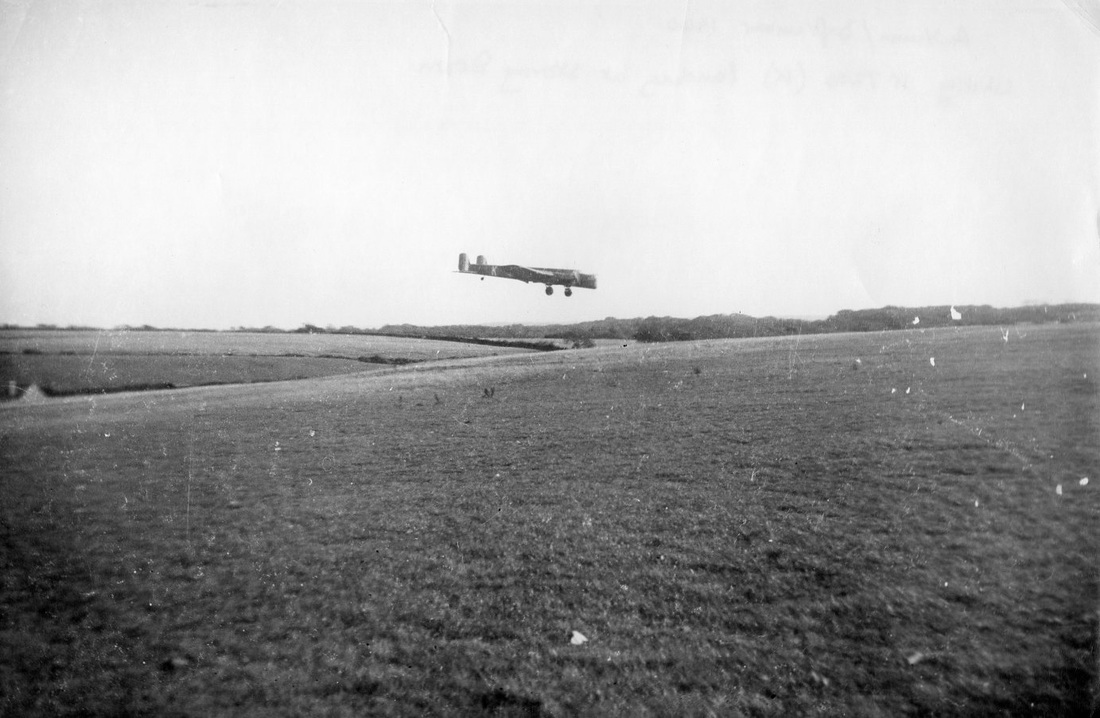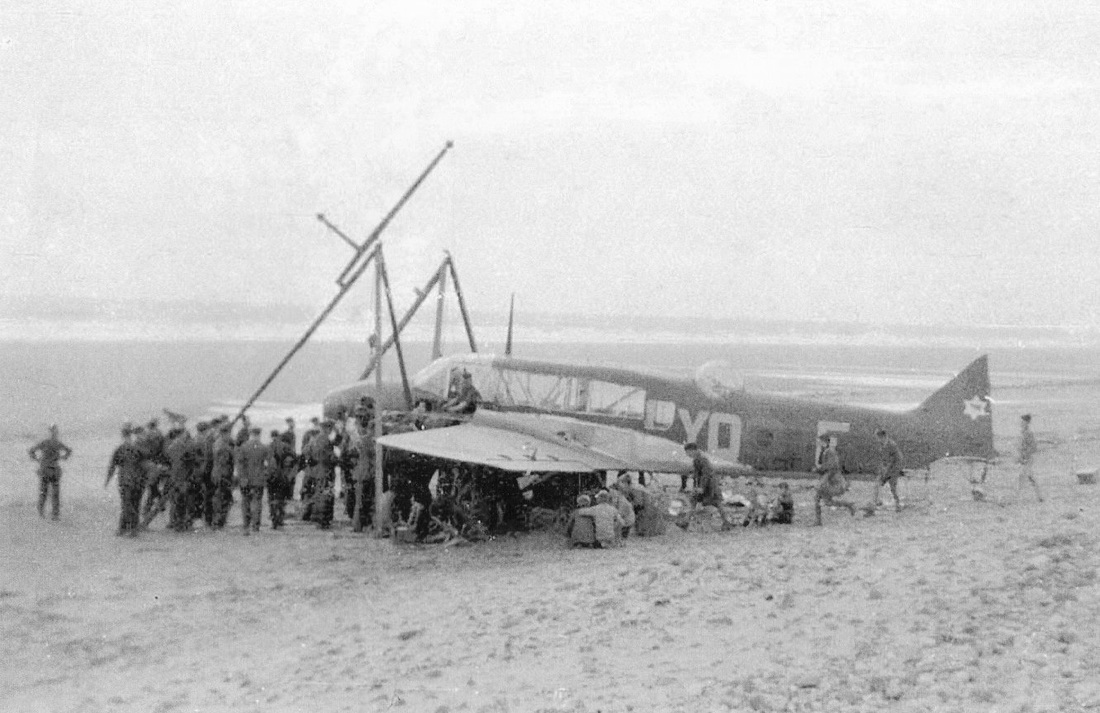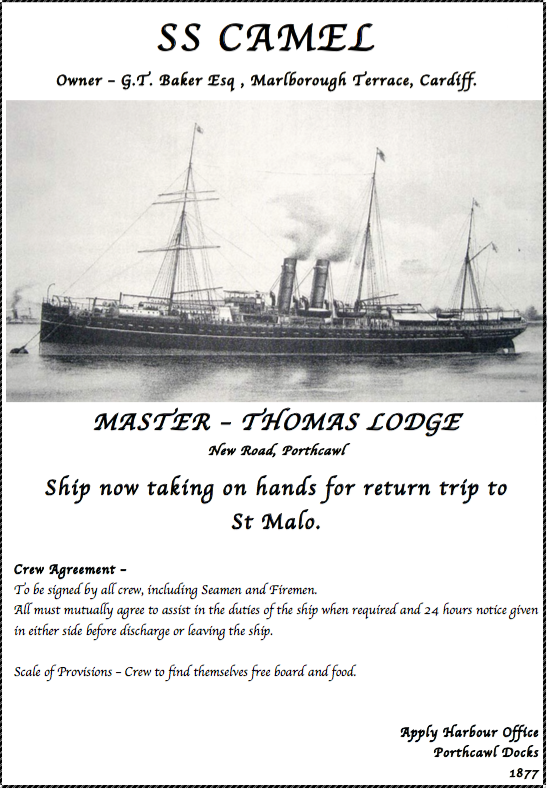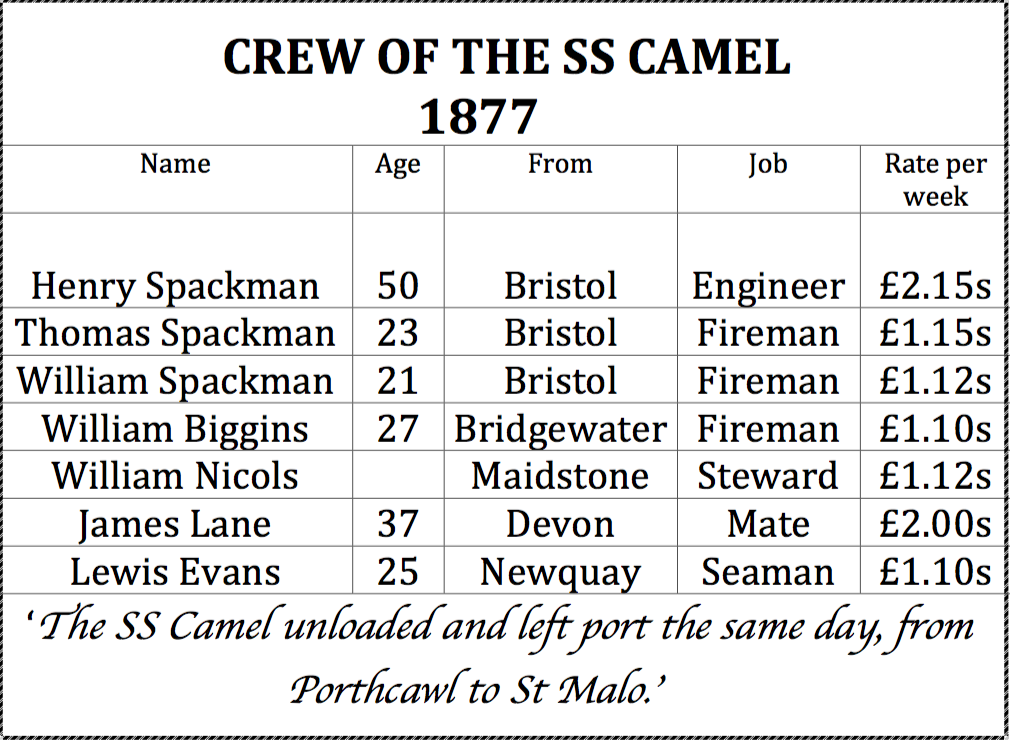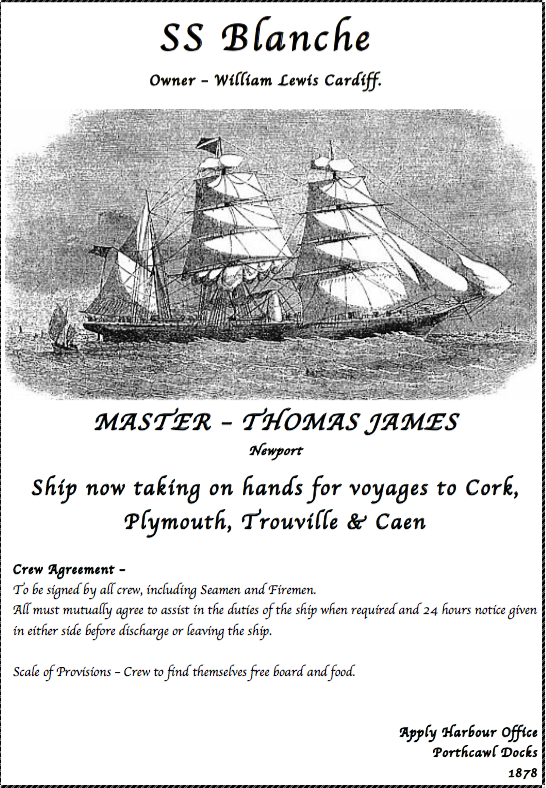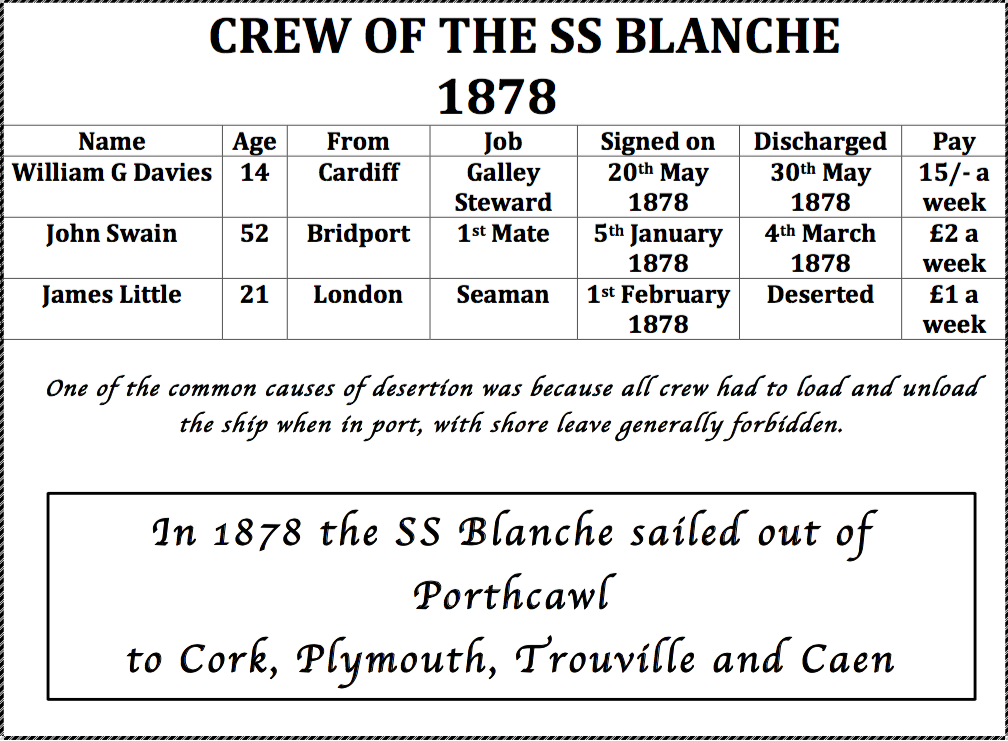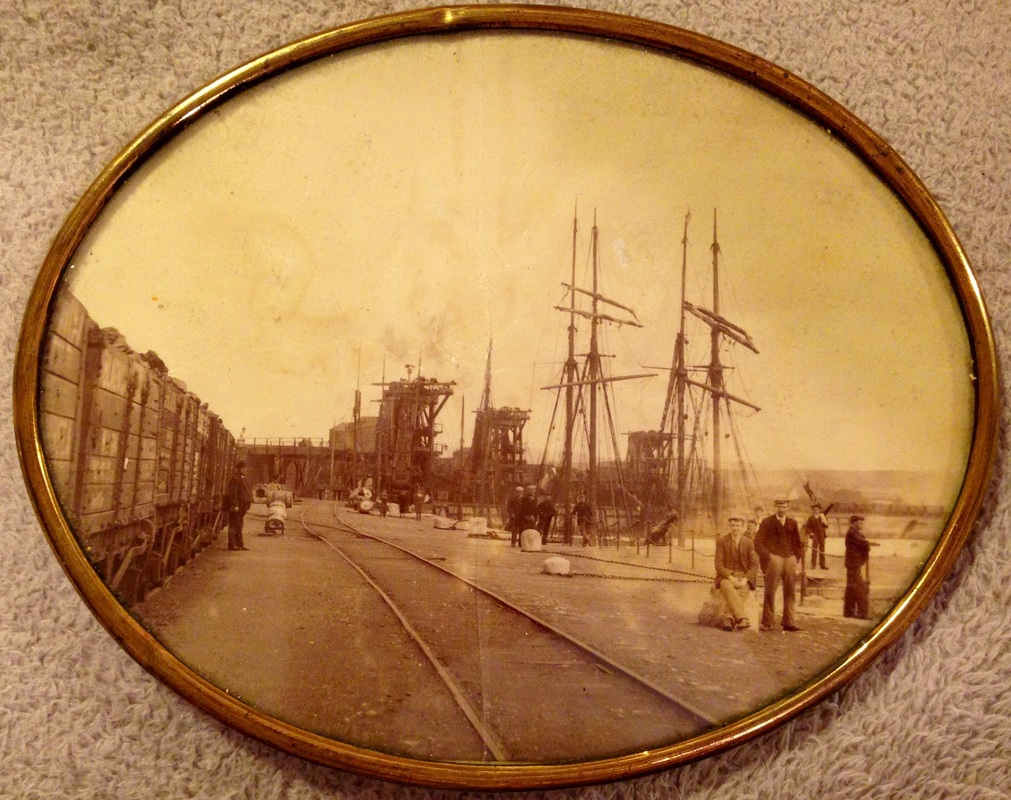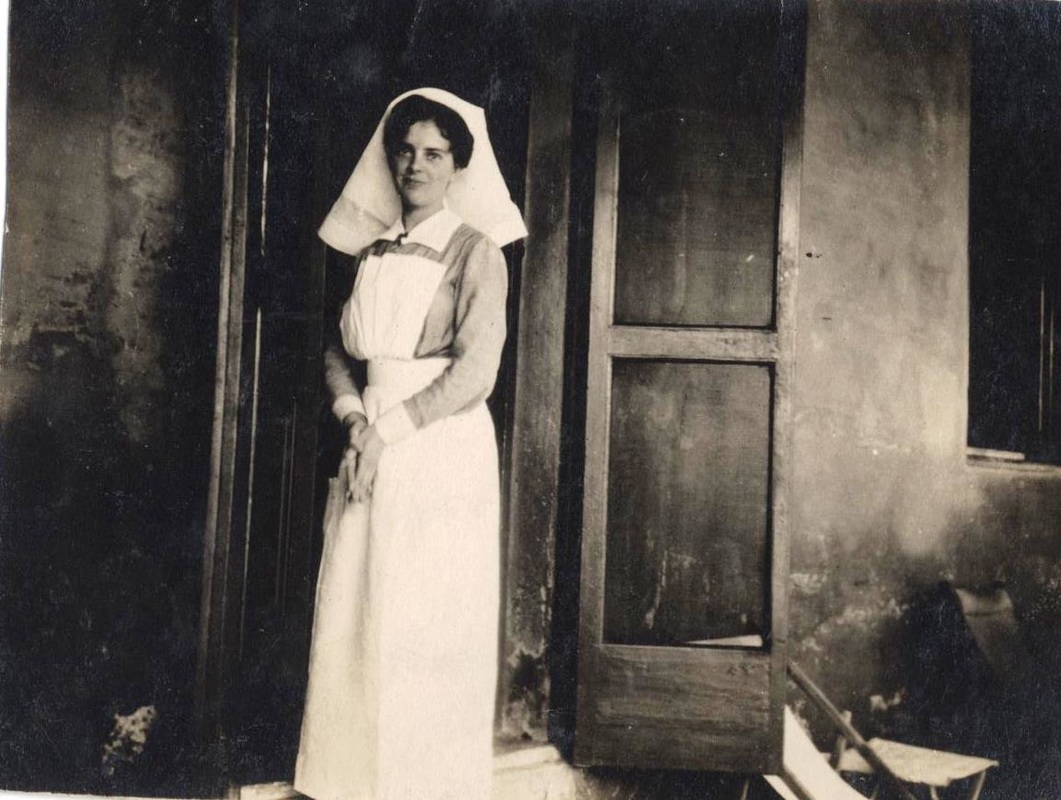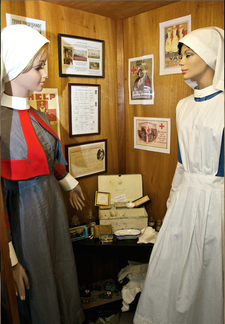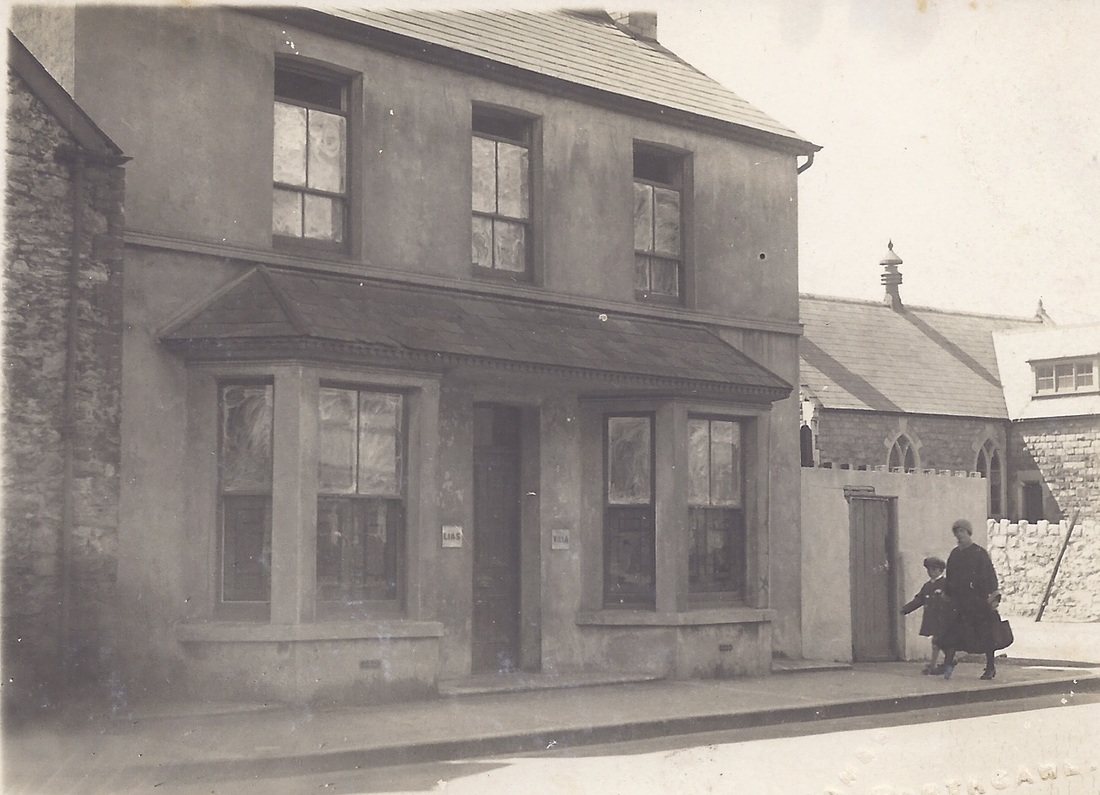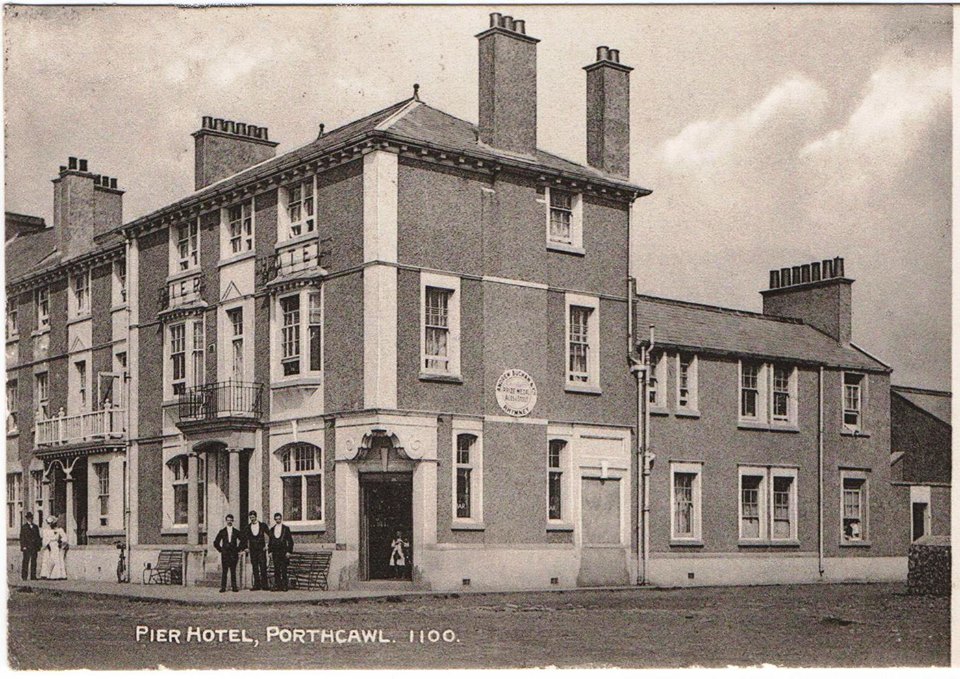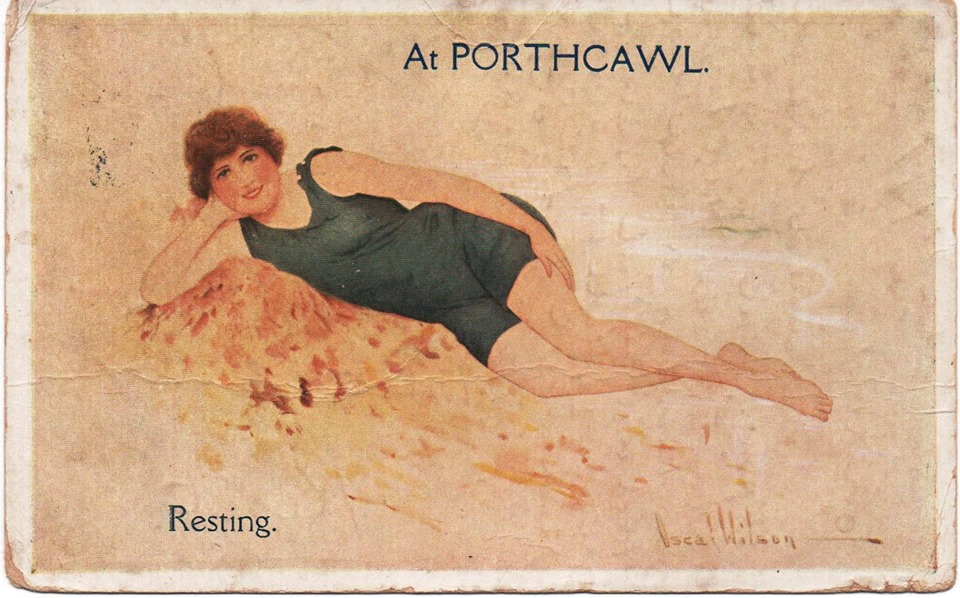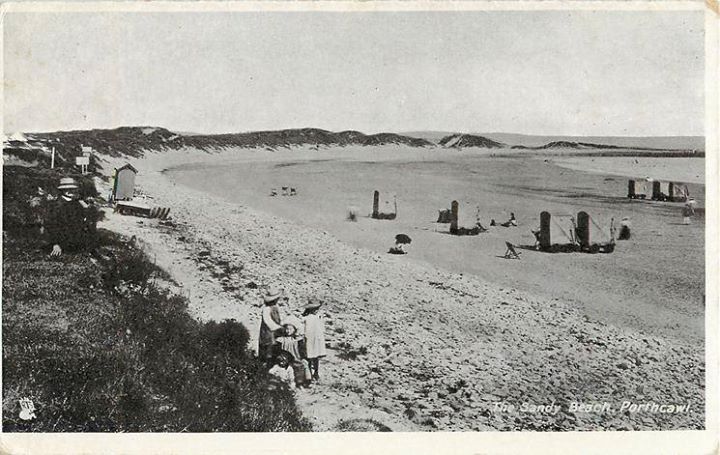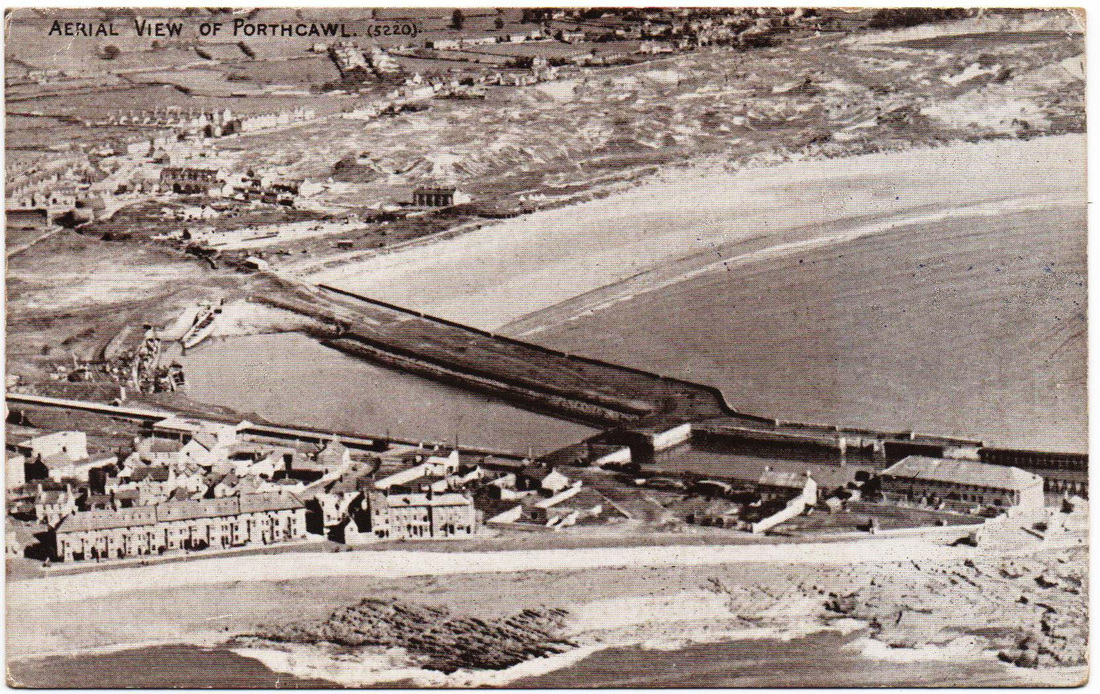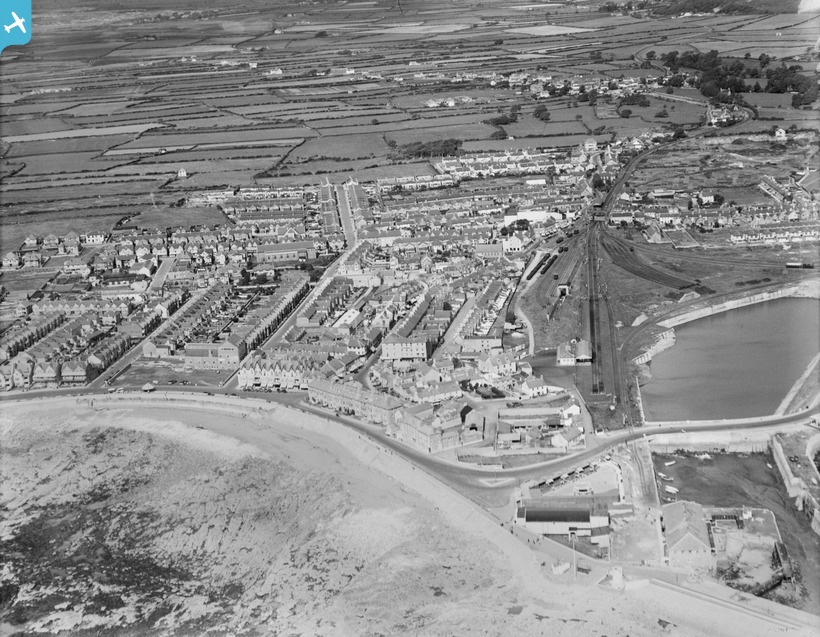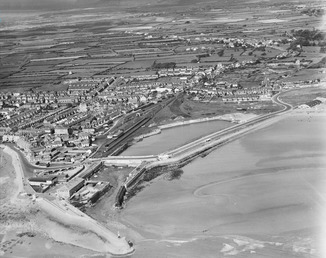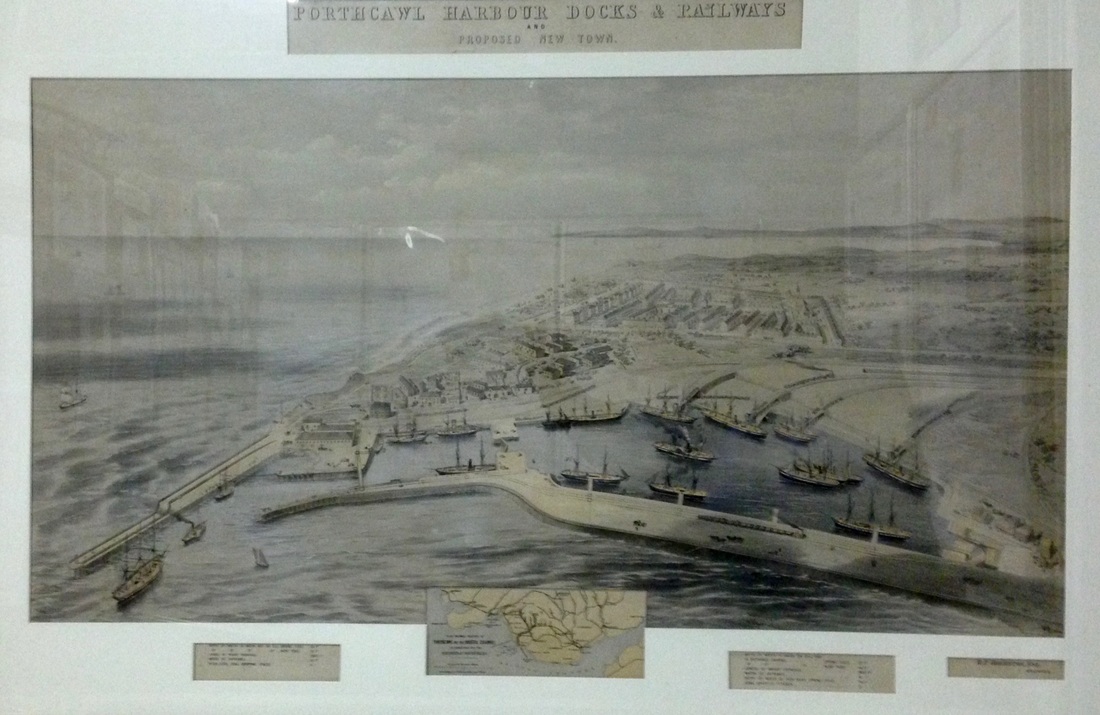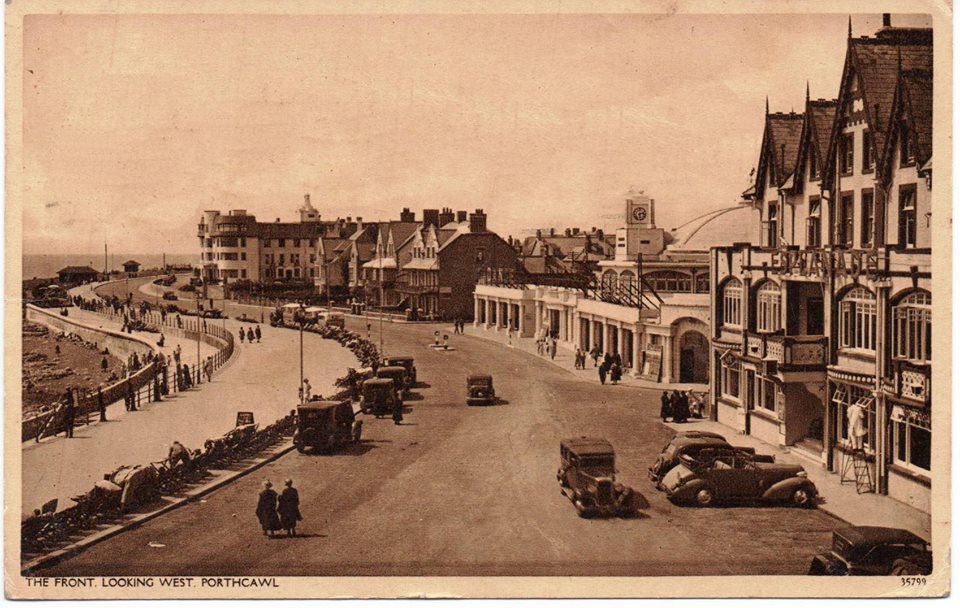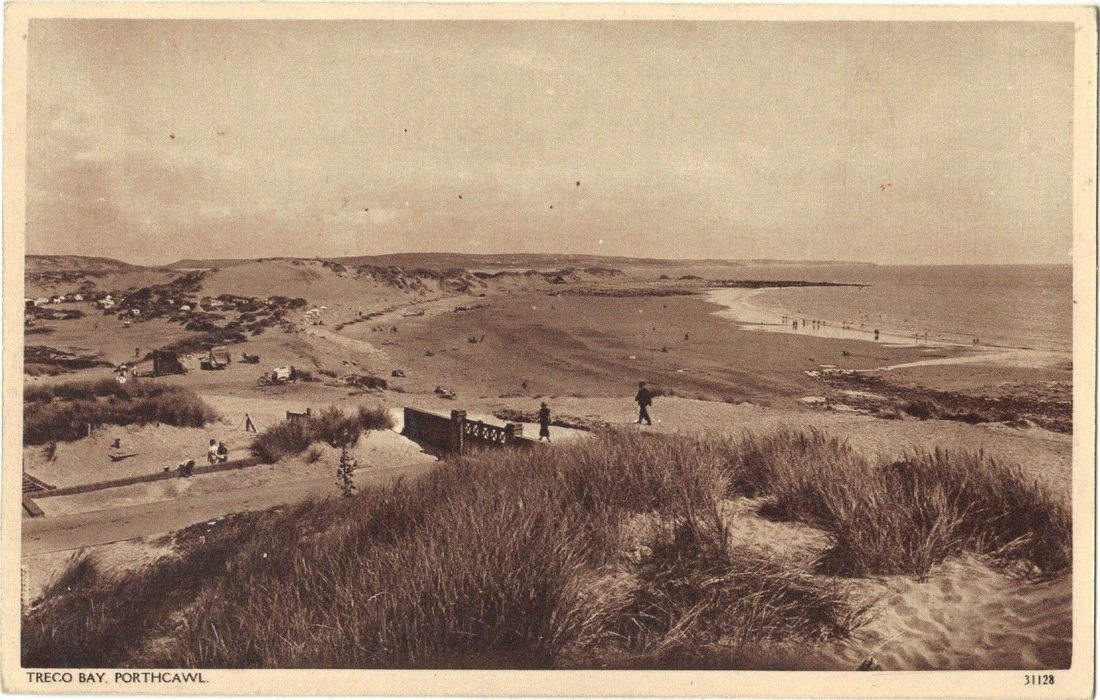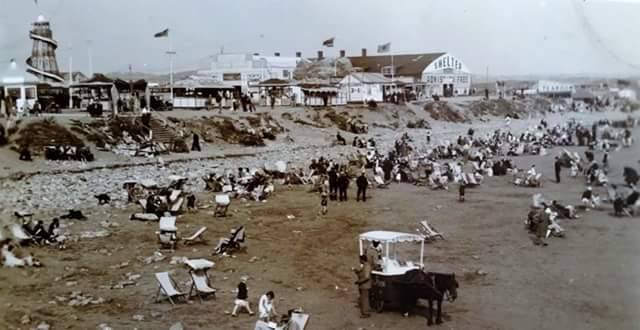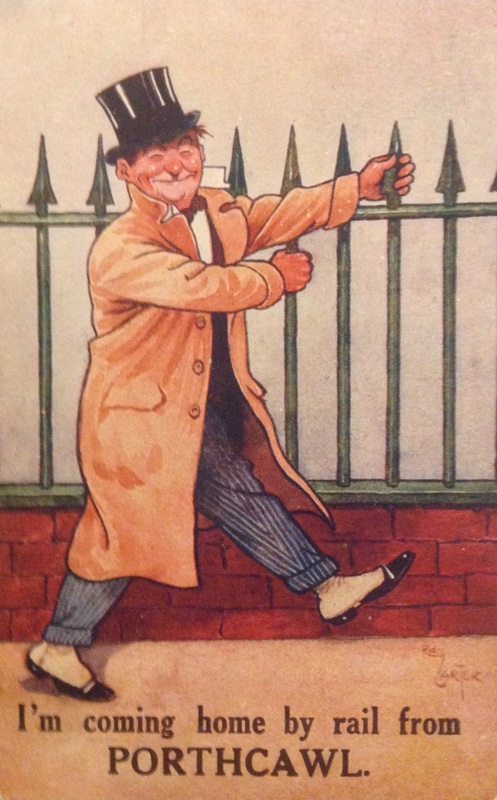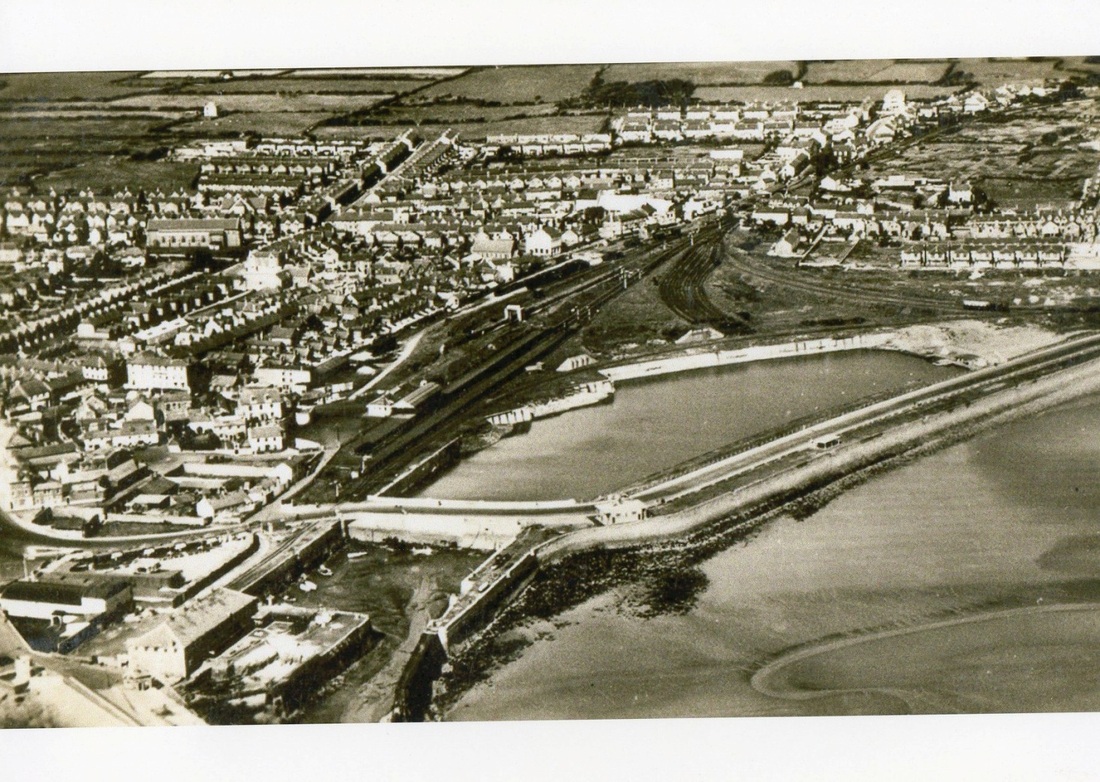|
Through researching the history of RAF Stormy Down strong links have been discovered to the Dambusters mission during World War Two.
As a result the Museum received a special donation from the London Mint on Saturday 11th August 2018. |
Porthcawl Museum, in Bridgend county, also received replicas of blueprints, photos, maps, plans and other documents that once briefed Squadron 617 for the historic mission. ALL are on display at the Museum. |
The cannon has left the water tank!
There's still a lot more to do before it is preserved completely, but it has now on view. First time since its initial immersion into water in January 2014. click here for more.
Did you miss the Victorian Day? (view photos)
Don't worry they are back!
We Will Remember Them
This event celebrates and concludes two years of a lot of hard work put in by Museum members, volunteers and tradesmen. All made possible through the financial assistance of the Porthcawl Town Council.
To commemorate 202 years since Waterloo;
The 41st Foot visited the Museum
17th June 2017
A Waterloo Medal was on view.
Record number of visitors for the Museum!
Museum Honoured at Brookwood
|
On Friday 18th November, the Commonwealth War Graves Commission hosted an event, at Brookwood Military Cemetery, to mark the end of the centenary of the 141 days of the
Battle of the Somme. Vice Admiral Sir Tim Laurence, who is the CWGCs Vice Chairman, was joined by a host of community groups who took part in the Commission’s Living Memory Project, which encouraged the people of the UK to rediscover their war heritage and remember those who gave their lives. In partnership with the Big Ideas Company, and funded by the Department for Communities and Local Government and the Department for Culture, Media and Sport, the aim of the Living Memory Project was to raise awareness of the 300,000 war graves and memorials in the UK and encourage community groups to discover, explore and remember their First and Second World War heritage. The challenge set was to mark the 141 days of the Somme Campaign to encourage 141 groups to hold 141 events.
Consequently, an amazing 260 groups held events of which 19 were presented with CWGC Champion Certificates in recognition of their contribution to the project. Paul Joseph, Chair of Porthcawl Museum, on behalf of the museum, was honoured to be receiving this prestigious award for the Service held on 24th August, to commemorate the centenary of the death of Private John Campbell, 5th Cameron Highlanders; who is buried in St John’s Church, Newton, Porthcawl. Private Campbell, had been wounded at the Somme, transferred to Cardiff’s 3rd General Hospital and eventually to The Rest Home, Porthcawl to convalesce. Tragically, the day before he was found drowned, he had been told that he was fit to return to the Somme battlefield. Studying the inquest, you cannot fail to note the tragic effect of shellshock.
click here to hear Ceri explain how Private John Campbell's grave became part of The Living Memory Project.
|

Colin Kerr, Director of External Relations for CWGC, said that the Living Memory Project has proved that you don’t need to travel to the Western Front to pay your respects. We must make sure that those who died during both world wars, and are buried or commemorated in the UK, are never forgotten.
Colin Kerr addressing some of the community groups
who had taken part in 'The Living Memory Project.' |
The day closed with a piper leading the community groups to the First World War Memorial, in remembrance of the fallen.
A 2 minutes silence was observed, in commemoration of the end of the 141 days of the Battle of the Somme.
Photographs by photographer Andy Ash.
A 2 minutes silence was observed, in commemoration of the end of the 141 days of the Battle of the Somme.
Photographs by photographer Andy Ash.
Porthcawl Museum would like to thank the Porthcawl Branch of the British Legion for their support in August; and member Mrs. Elaine Newman who has liaised with the CWGC and arranged for their attendance at ‘our Living Memory project.’
Excellent '3 Castles Tour'
|
|
950 years ago, on October 14th 1066, William of Normandy defeated Harold Godwinson, the most powerful English Lord, at the Battle of Hastings. Within four years Anglo-Saxon England had been conquered. What about Wales?
Noting that Wales was ruled by many kingdoms , with their respective kings constantly at war with each other, and lacking the men and finance to invade Wales, successfully, William established the Marcher Lordships of Chester, Shrewsbury and Hereford along the Welsh border. William FitzOsborn, Earl of Hereford was the first Norman Lord to cross into Wales. At Chepstow, FitzOsborn oversaw the building of the first stone keep in Britain, 1067. Following his death in 1071, his son Roger de Breuteil inherited the title. However, not a supporter of the crown, he ended up fleeing to France. Next, in 1093, according to legend, Robert Fitzhamon, a favourite courtier of William II and having gained the title Earl of Gloucester, conquers Glamorgan, with the help of twelve knights. The roads on the ‘Forty Acre’ site in Porthcawl, display the names of some of these Norman noblemen. To find out more visit the museum. |
FOR ALL
|
Halloween 2016 click here |
THIS WEBSITE WILL DISPLAY LATEST MUSEUM NEWS AND PRESENT THE HISTORY OF PORTHCAWL THROUGH PHOTOGRAPHS, DOCUMENTS, RESEARCH AND RELEVANT ARTEFACTS.
John's visit to BBC Radio WalesCigarette Case Saves Soldier’s Life at Gallipoli The life of Private John James Thomas, 4th Battalion, Welsh Regiment, was saved by his cigarette case at Suvla Bay, August 1915. John James Thomas was born in the village of Penygroes, Near Llanelli. Although he had begun an apprenticeship at a draper’s shop, he was more concerned with the war. John’s neighbour, who had enlisted in 1914, had allowed him to try on his uniform and hold his gun, whilst on leave. This affected John to such an extent that one particular day in January 1915, instead of going to work, as his mother had thought, he got on a train to Brecon and joined the 4th Battalion, Welsh Regiment, having lied about his age. Private John J Thomas, Service No 813, was 15 years old. Following training, the battalion left from Devonport on 19th July aboard the SS Mauritania, bound for the Mediterranean. On the 9th August, as part of the 53rd (Welsh) Division, John’s battalion landed at Suvla Bay on the Gallipoli Peninsula. The division soon suffered over-crowding, chaos on the beaches, and constant sniper fire from Turkish batteries, positioned on the cliffs above. Many casualties occurred in those first few days and had it not been for his cigarette case, Private Thomas would certainly have been one. A bullet aimed at his heart struck the cigarette case positioned in his breast pocket. John’s son, also, named John Thomas, commented, “It is said that it was the first time such a thing had ever happened in British military history.” Mr. & Mrs. Thomas, from Bridgend, had visited the Porthcawl Museum recently, during which time this remarkable story was revealed to the staff on duty. Later, Mr. Thomas returned to the museum with his father’s medals and that infamous cigarette case. Paul Joseph, Chair of the Museum, stated ,”We feel very grateful and privileged that Mr. Thomas has allowed us to display his father’s memorabilia.” |
Find out how this cannon looks 2 years on! Click here.
Stormy Down RAF BaseThe target observation tower on Kenfig Sands.
|
The museum holds over 500 postcards of Porthcawl in its collection.
When you visit us, ask the museum staff if you wish to view the albums.
When you visit us, ask the museum staff if you wish to view the albums.
To visit the Porthcawl and the Great War website click here. porthcawlandthegreatwar.com
